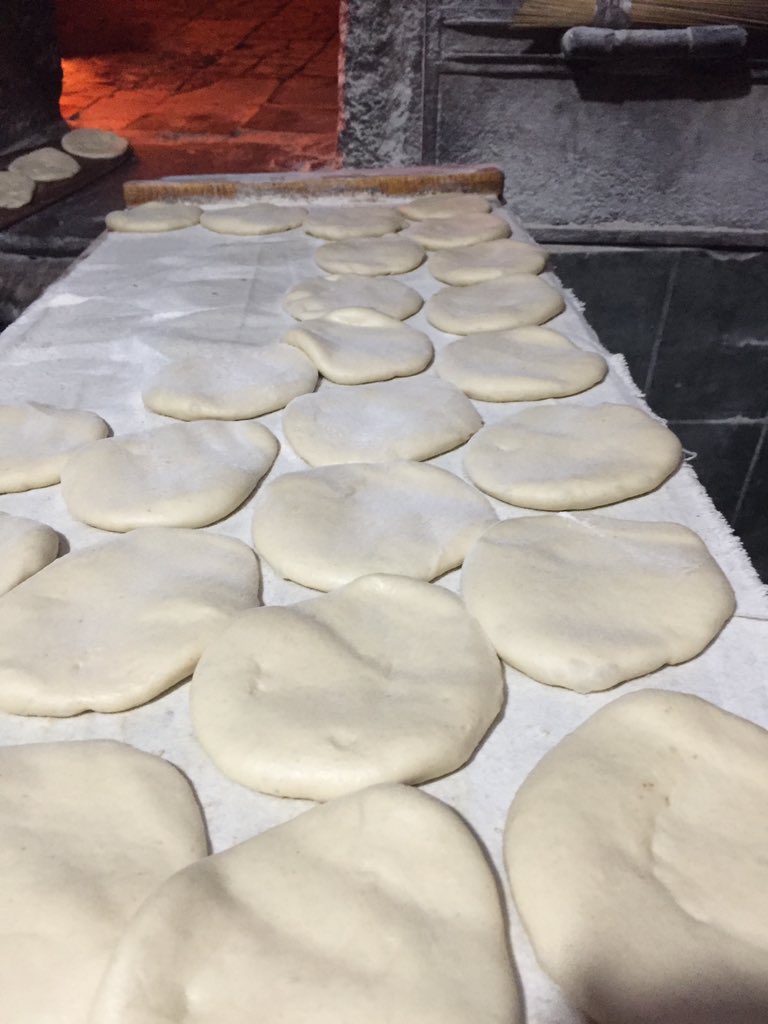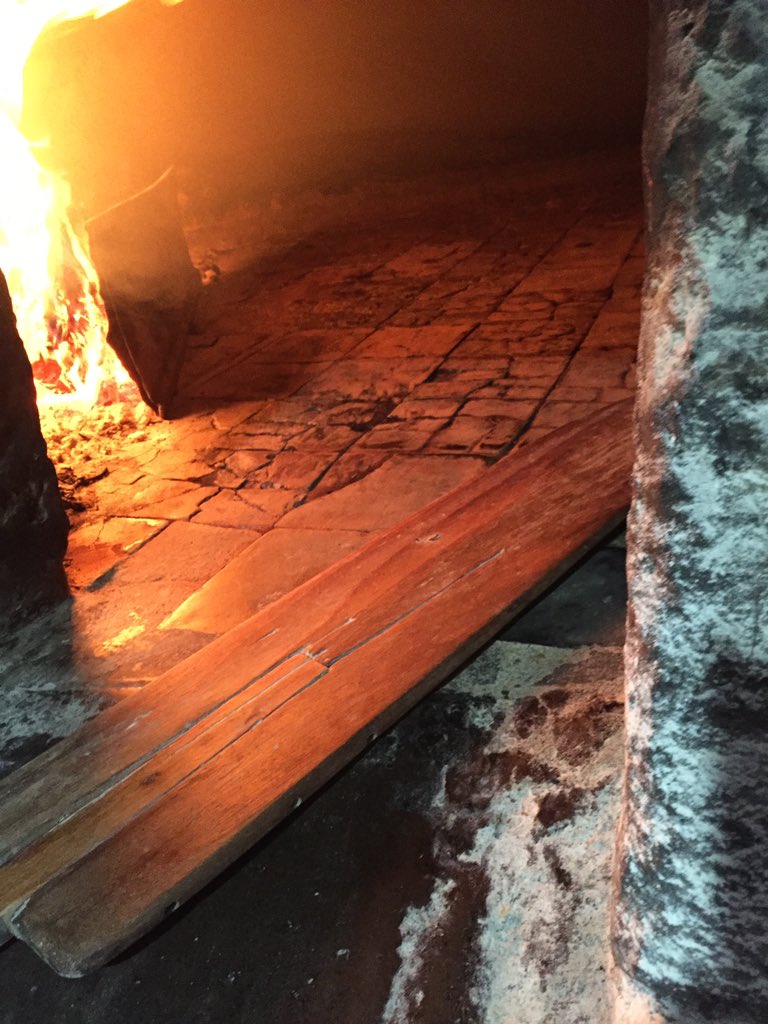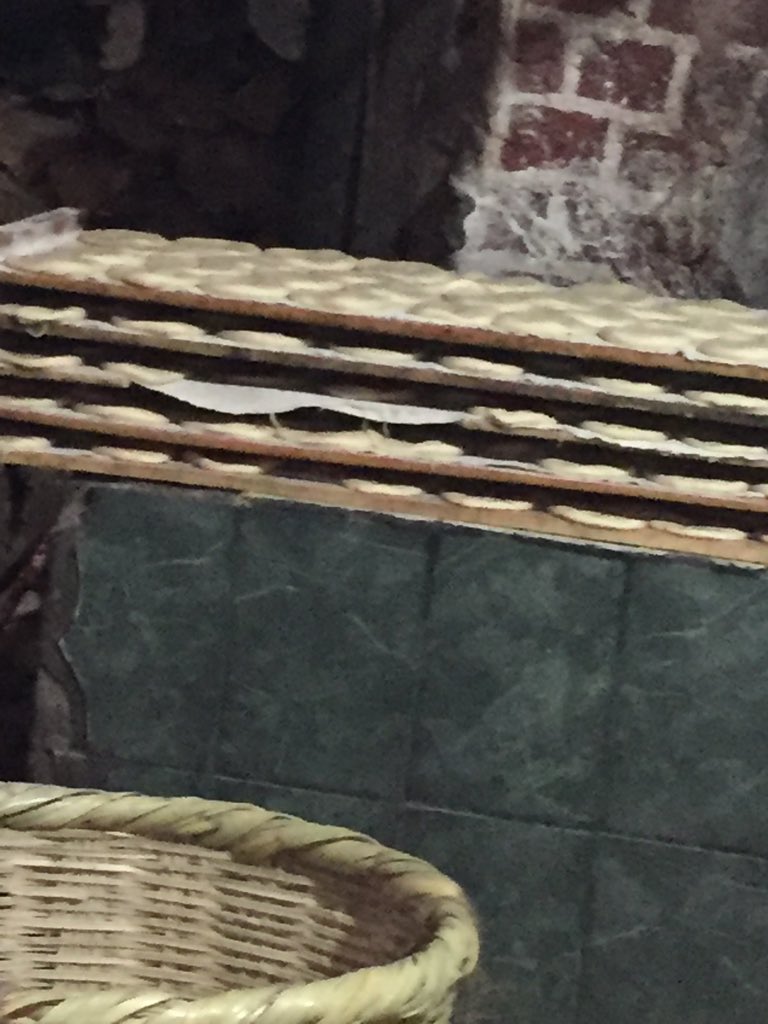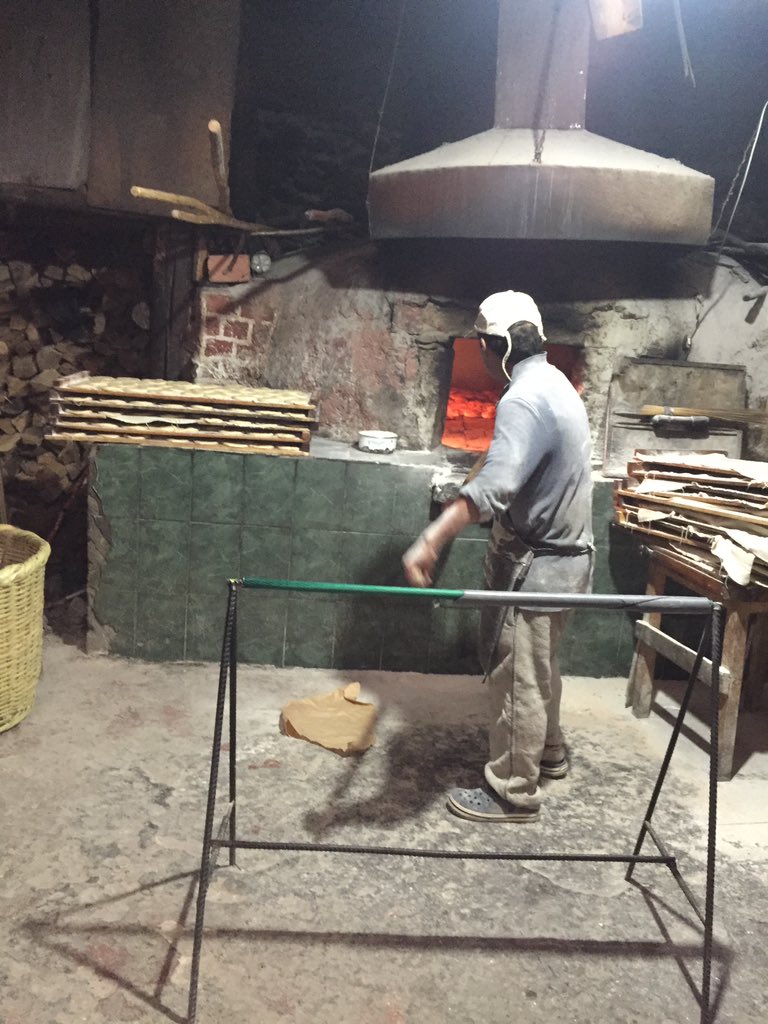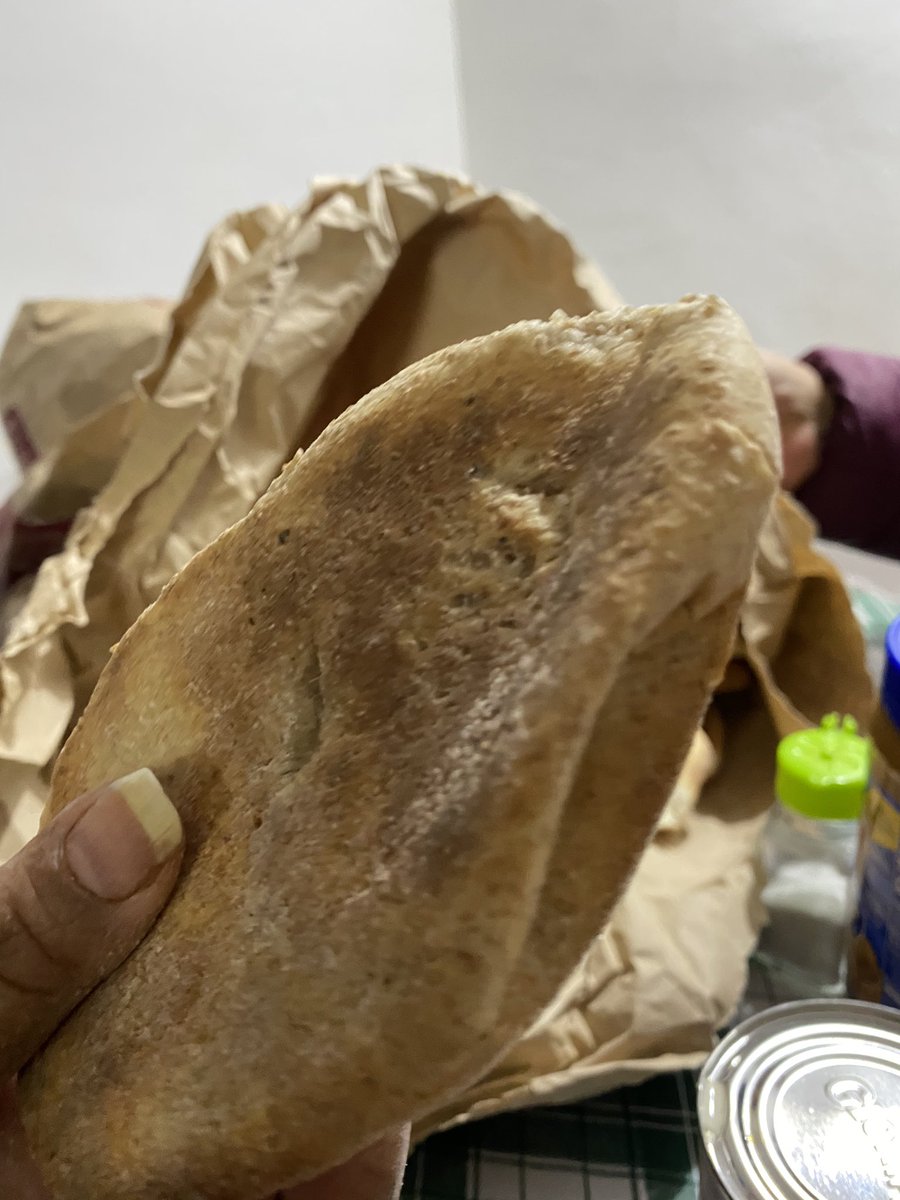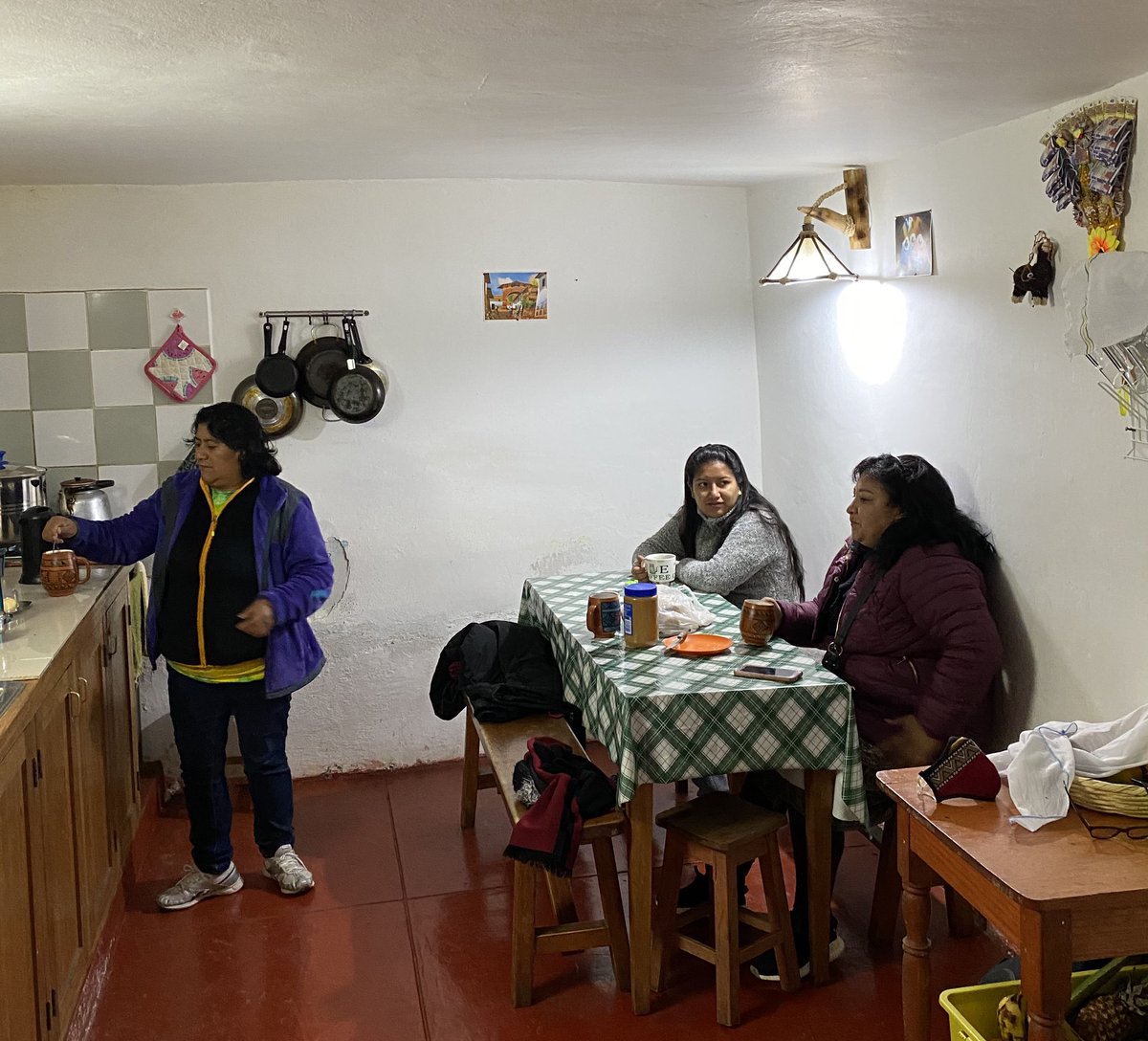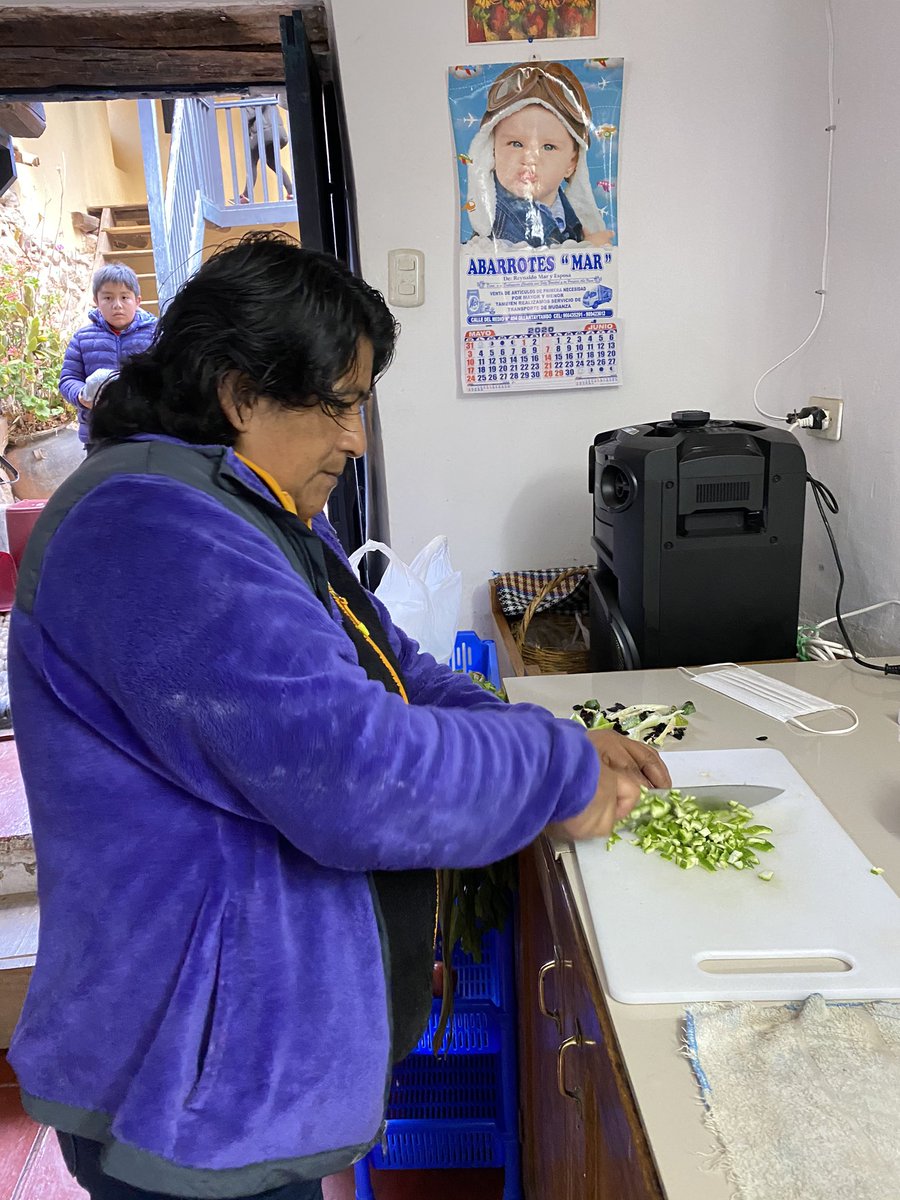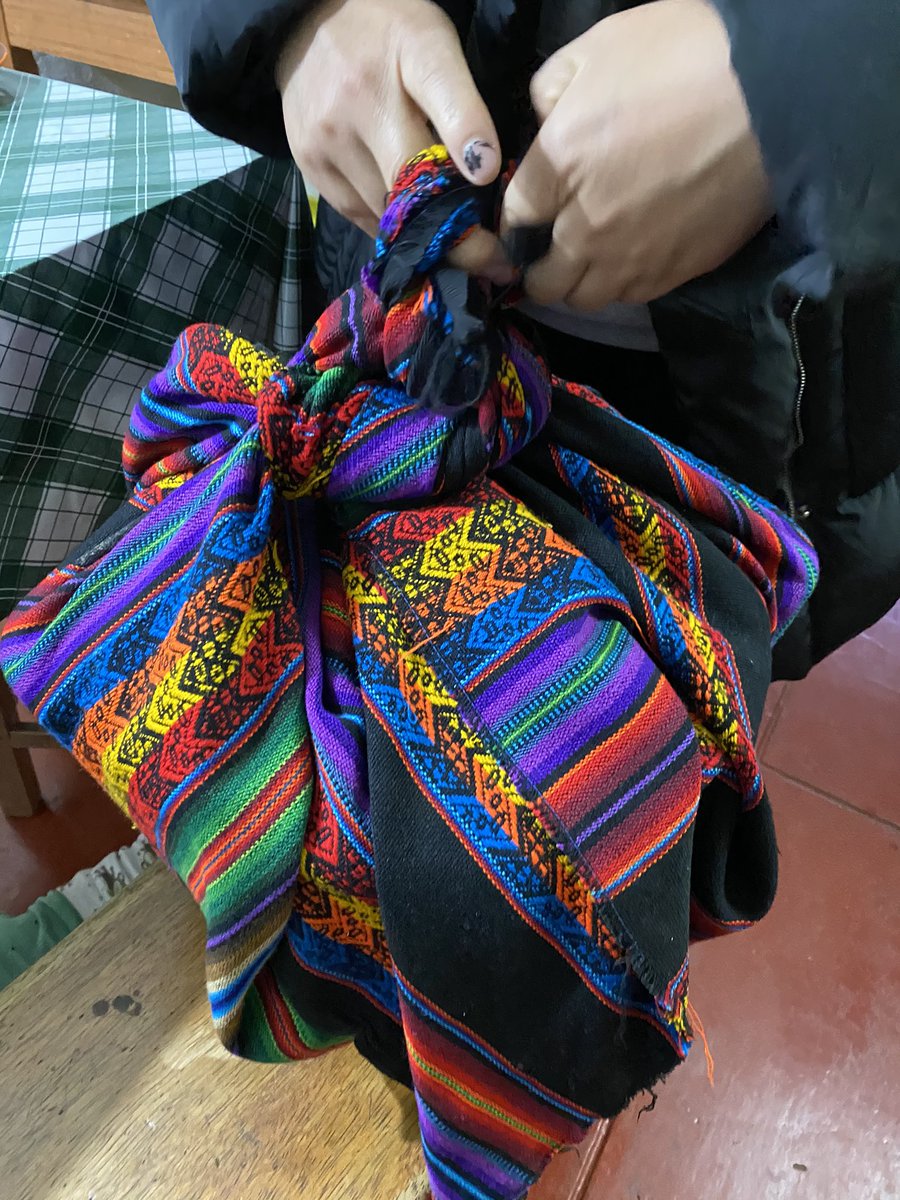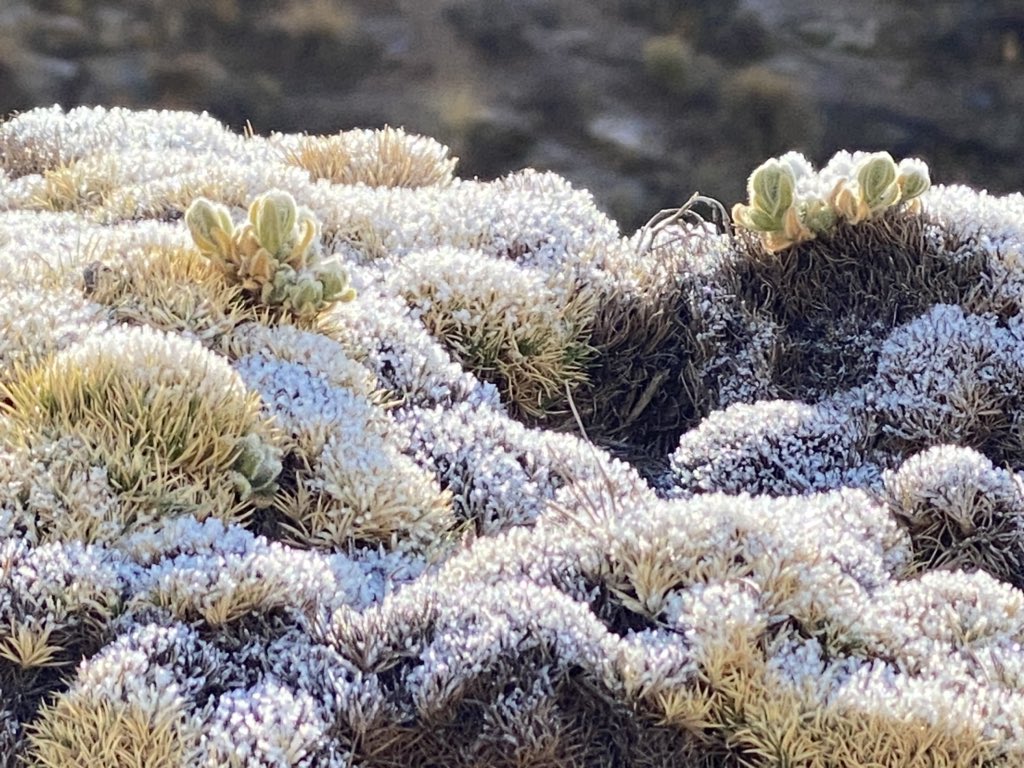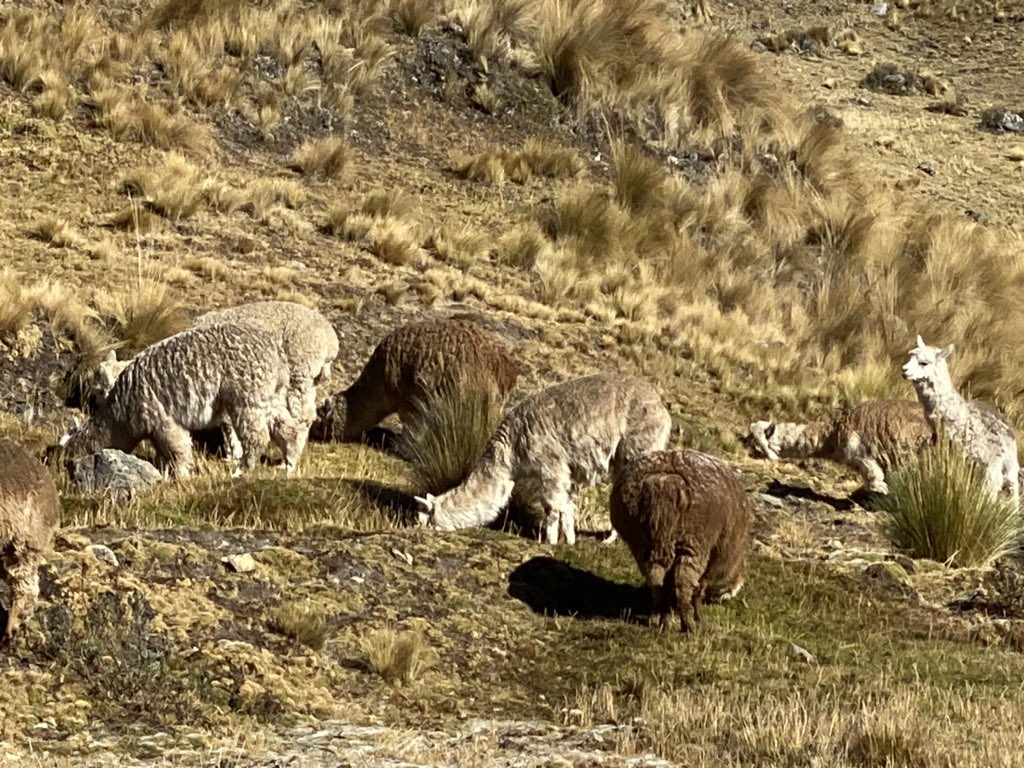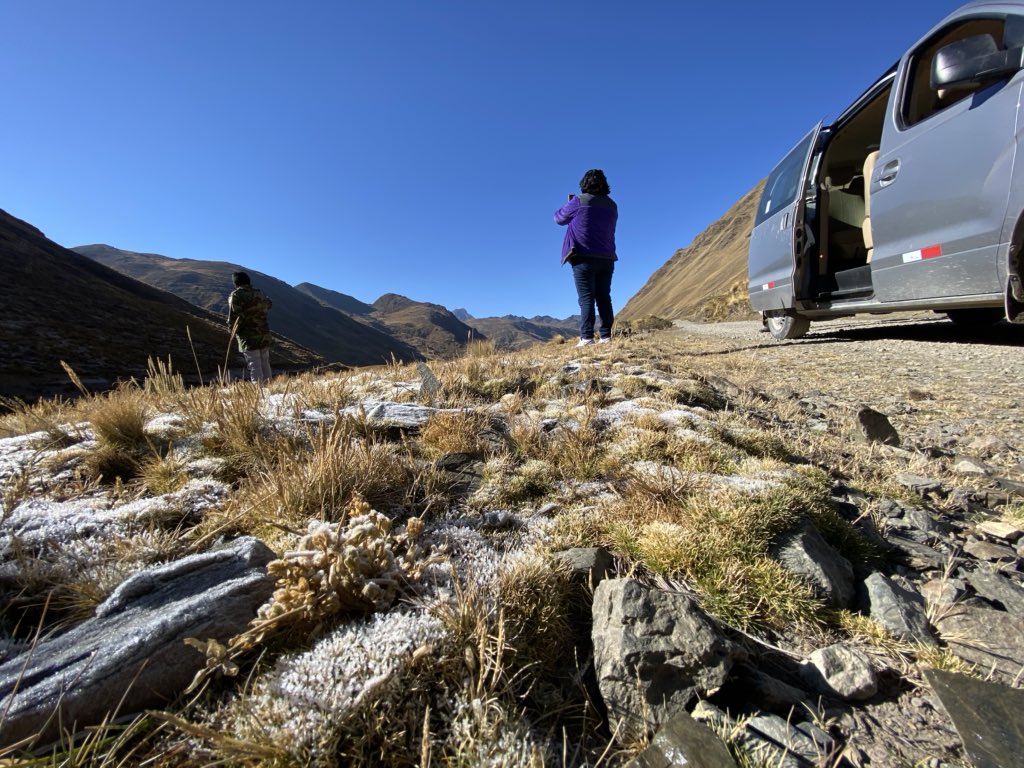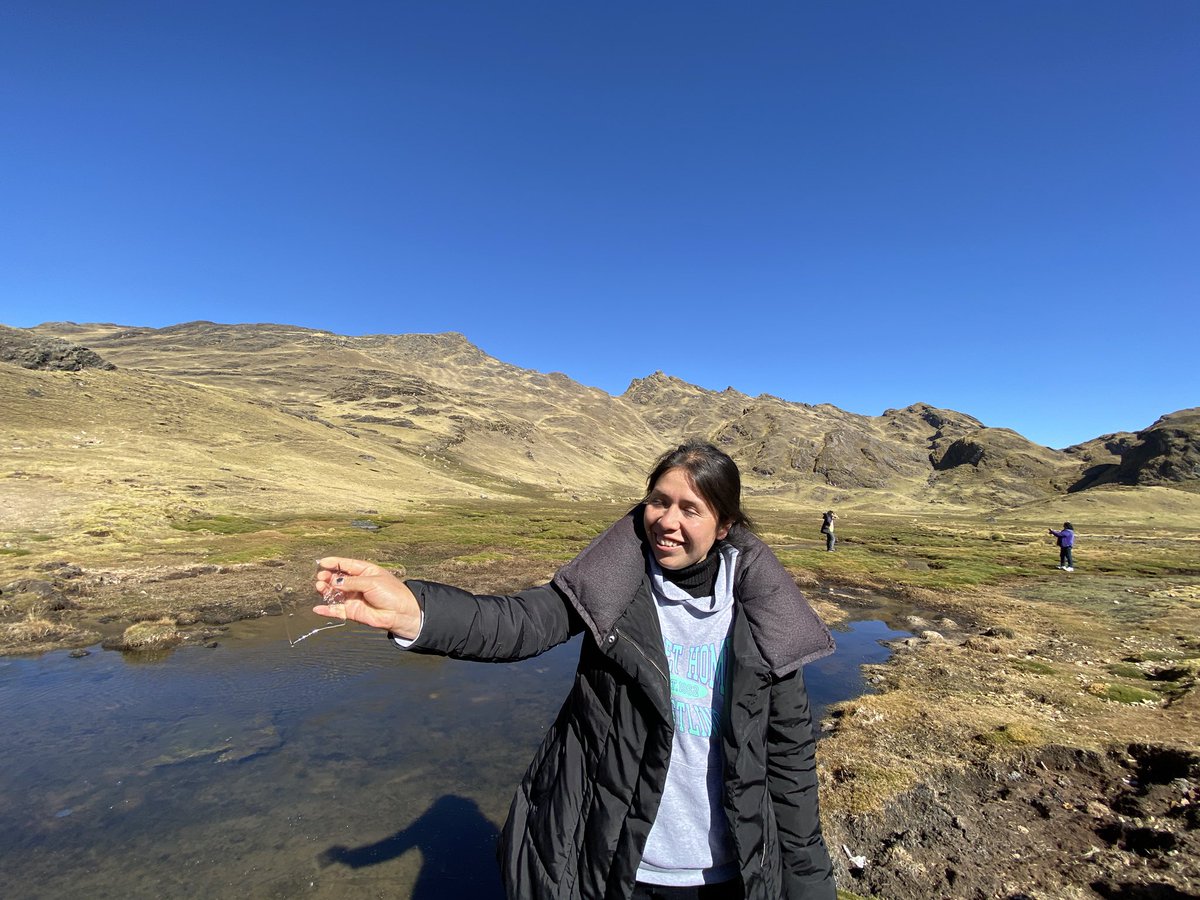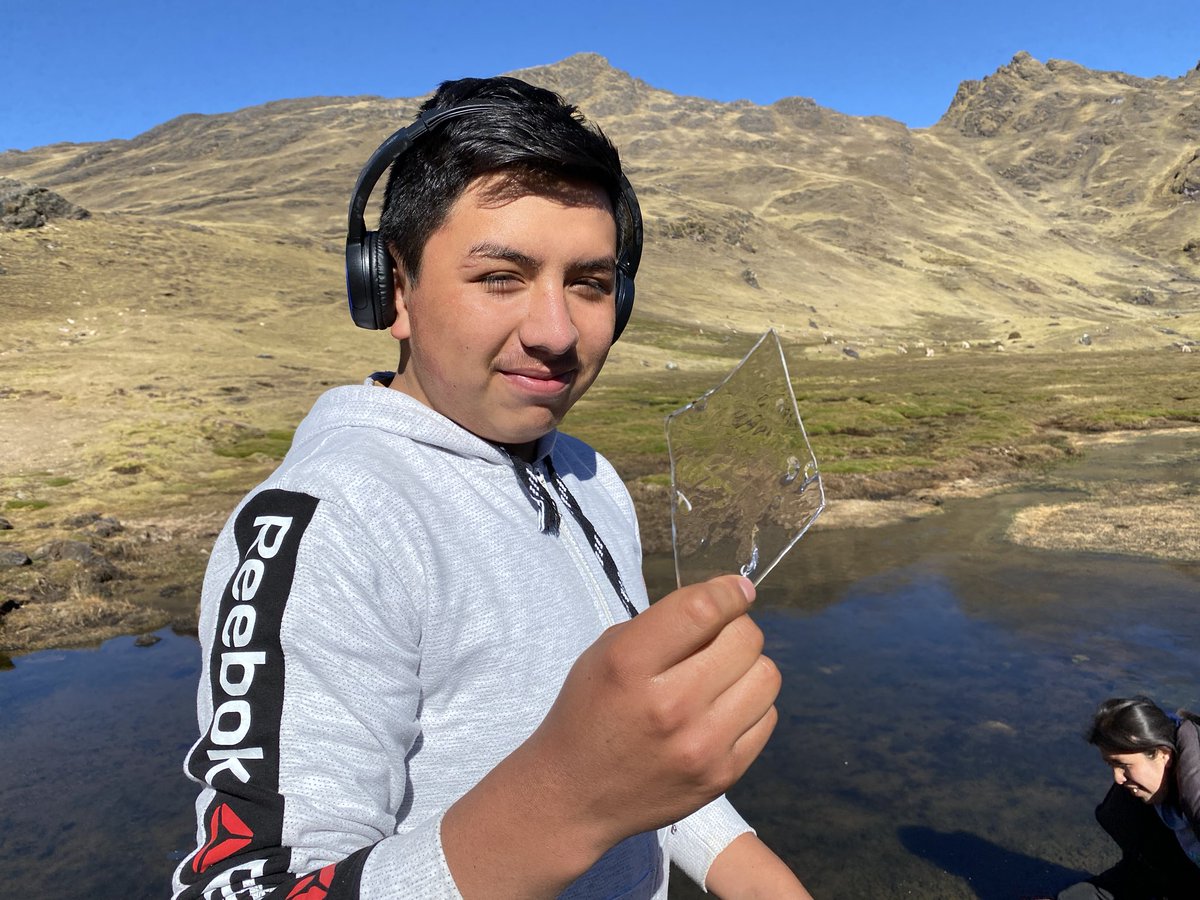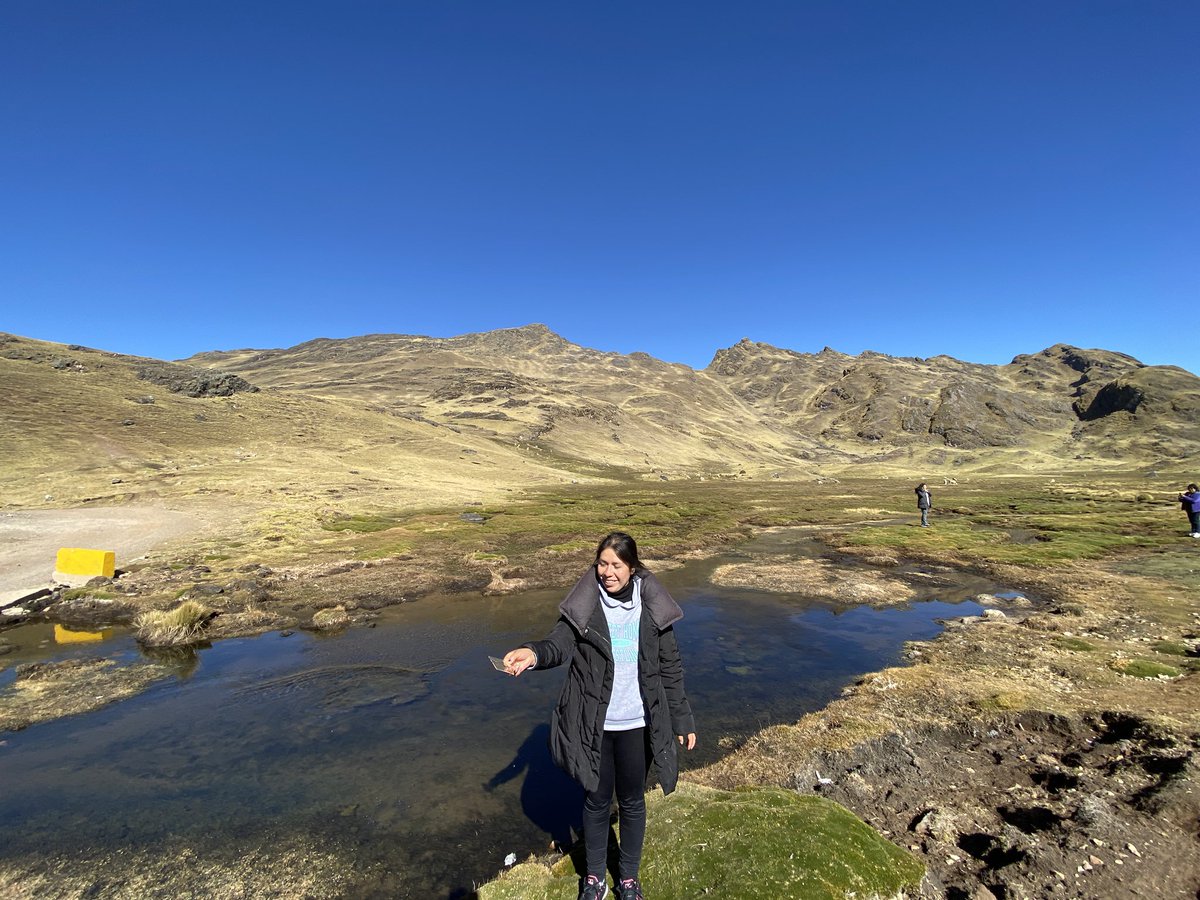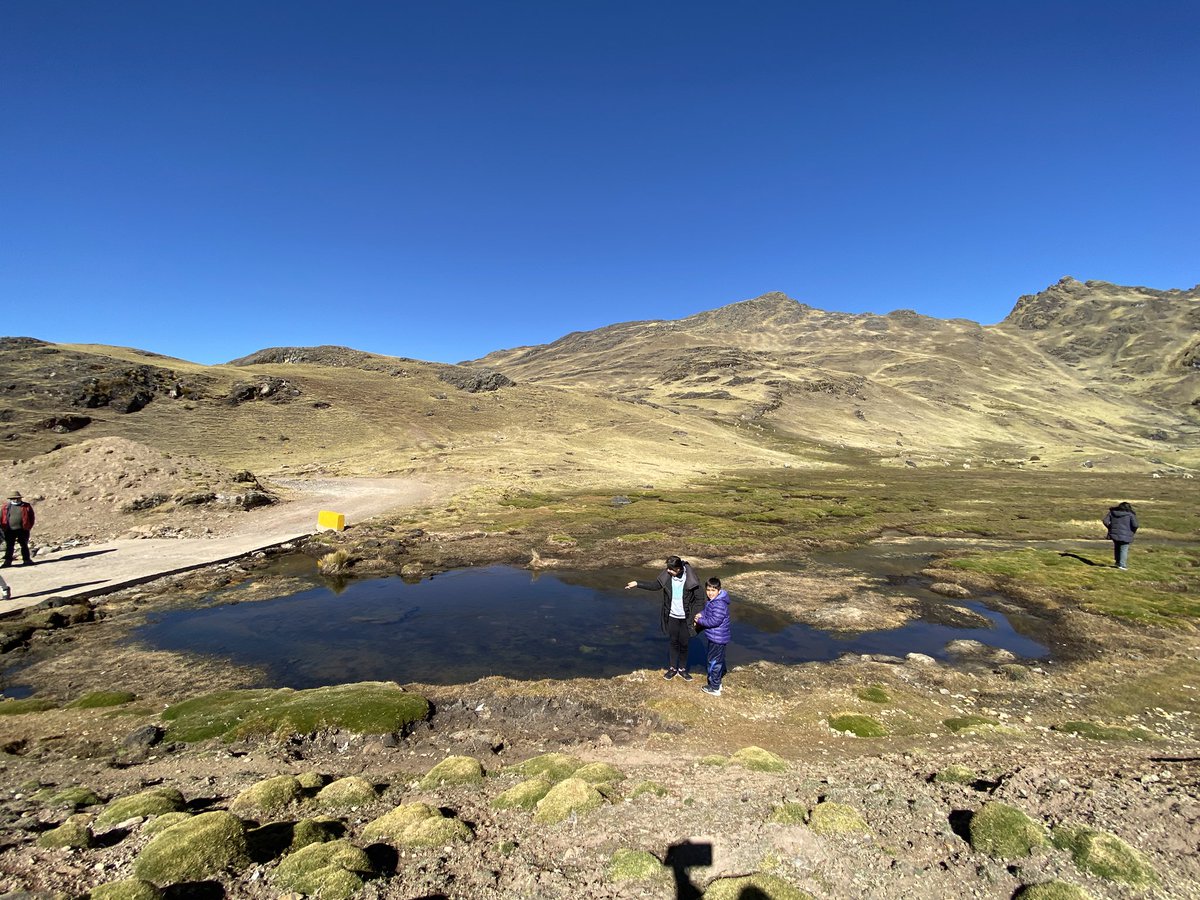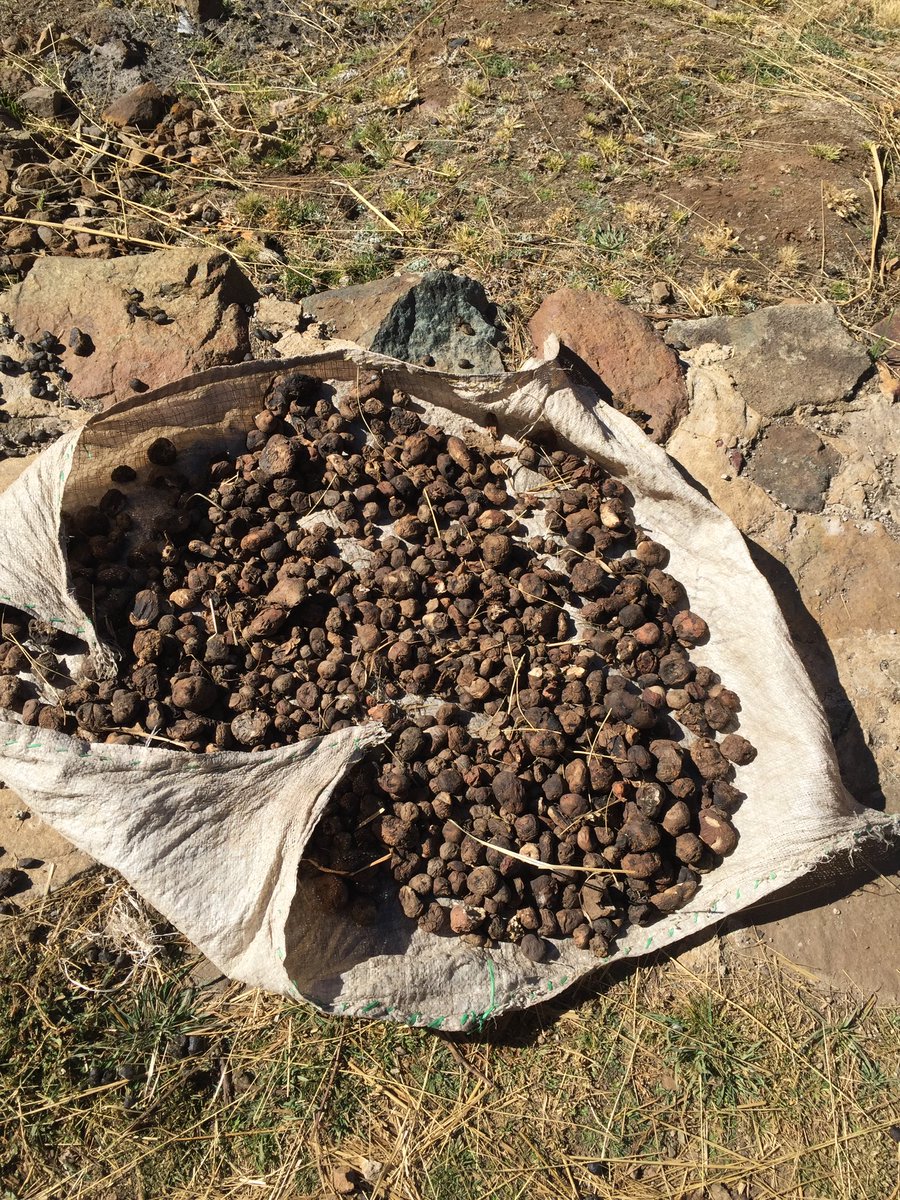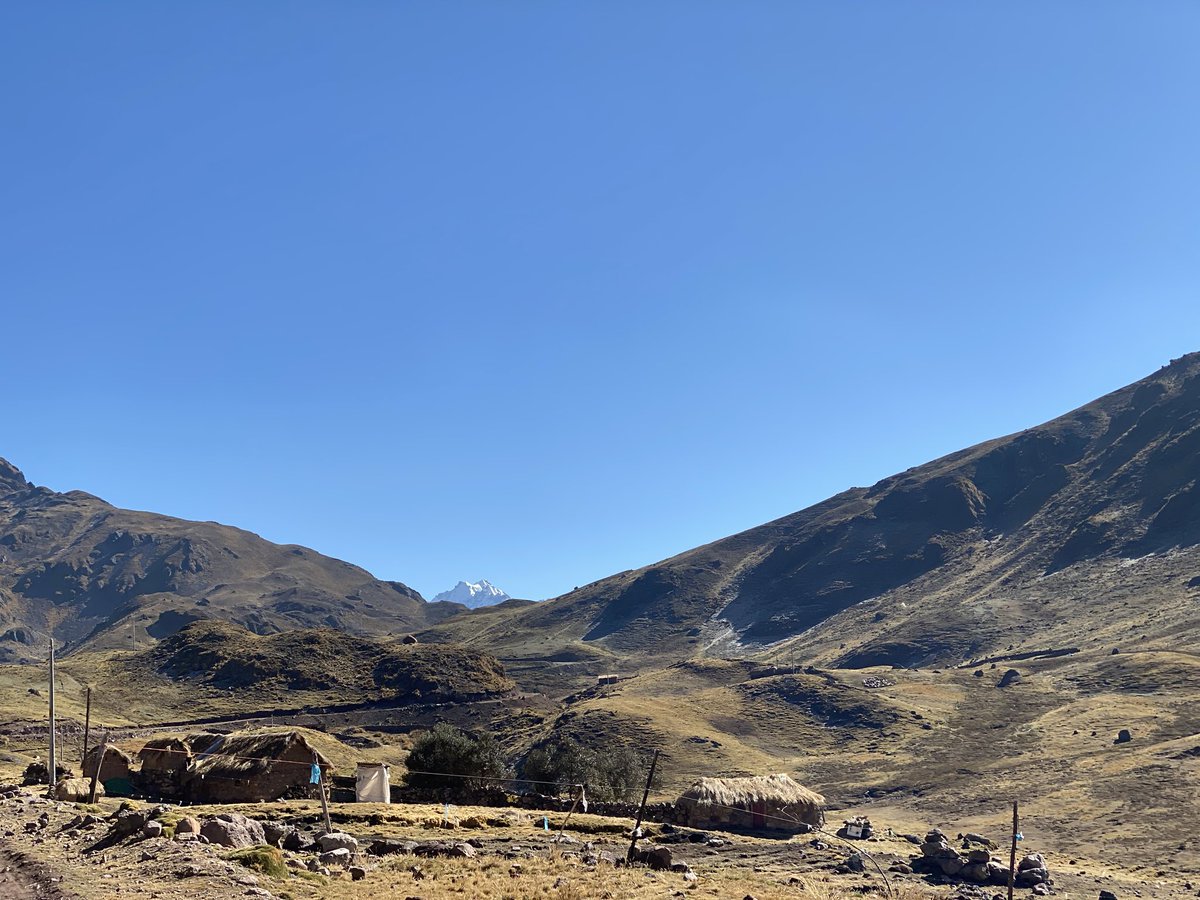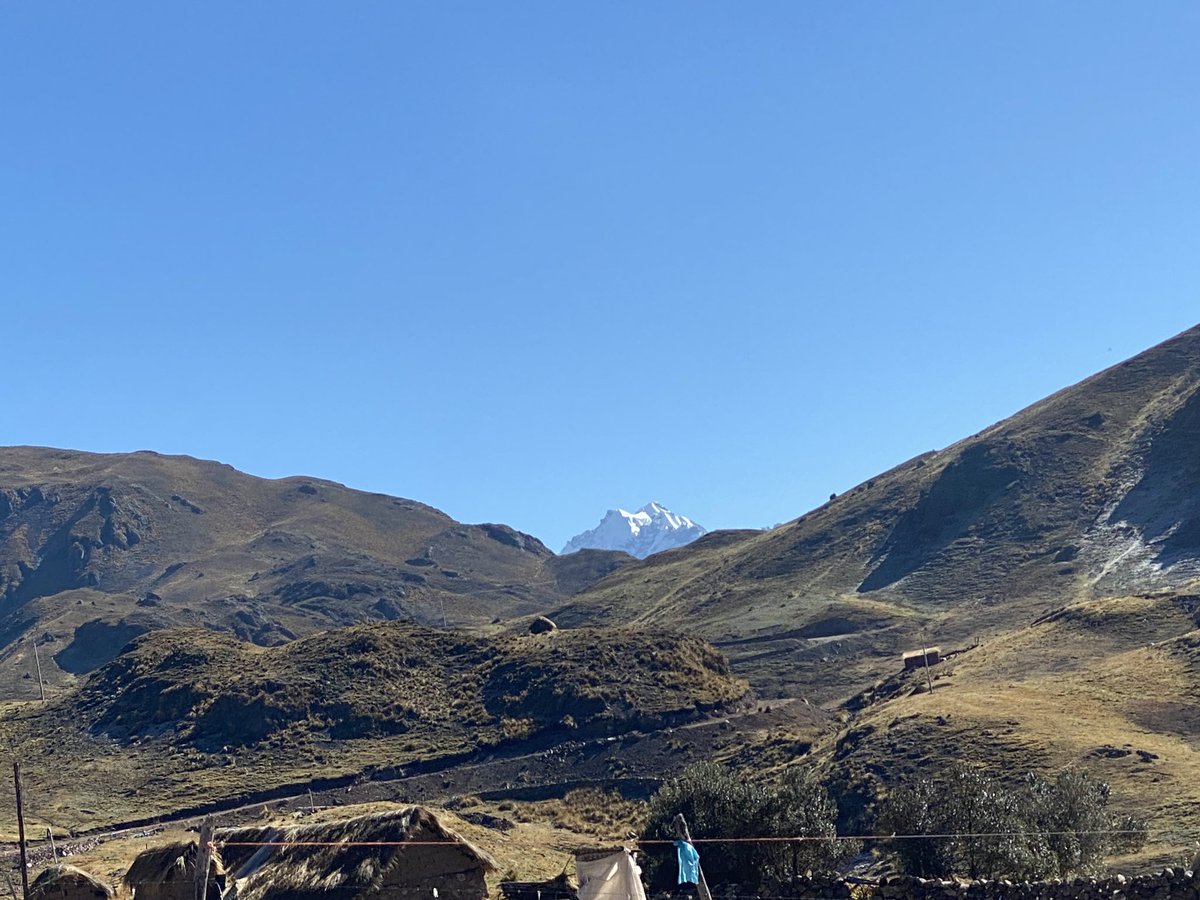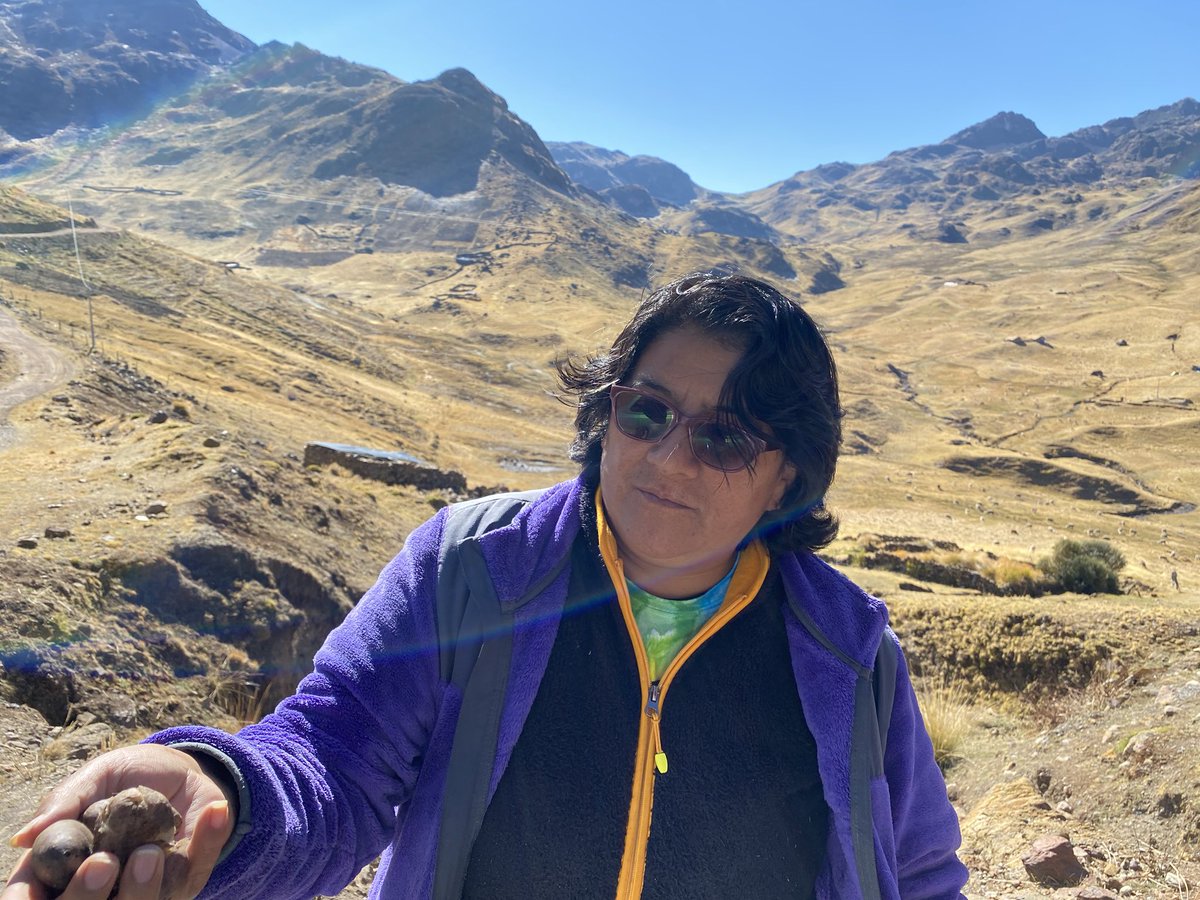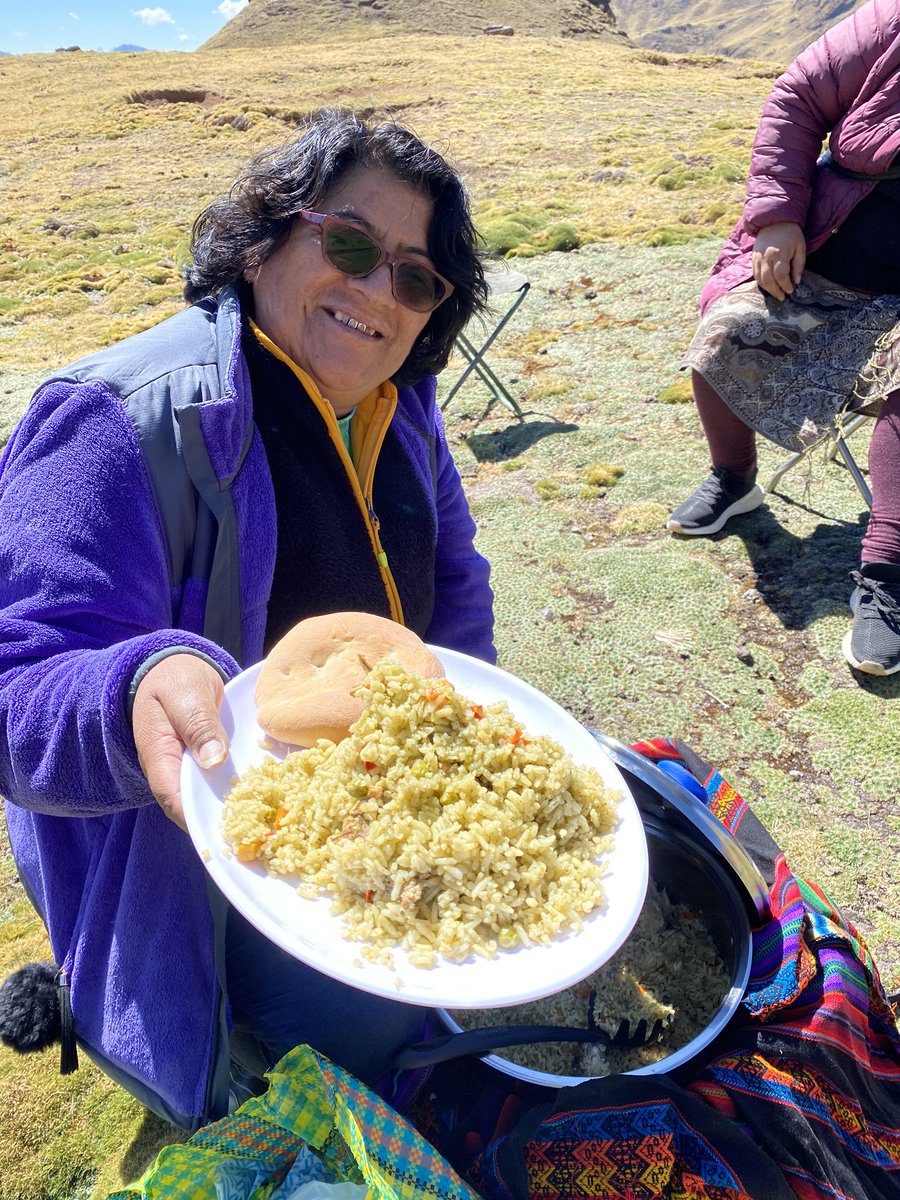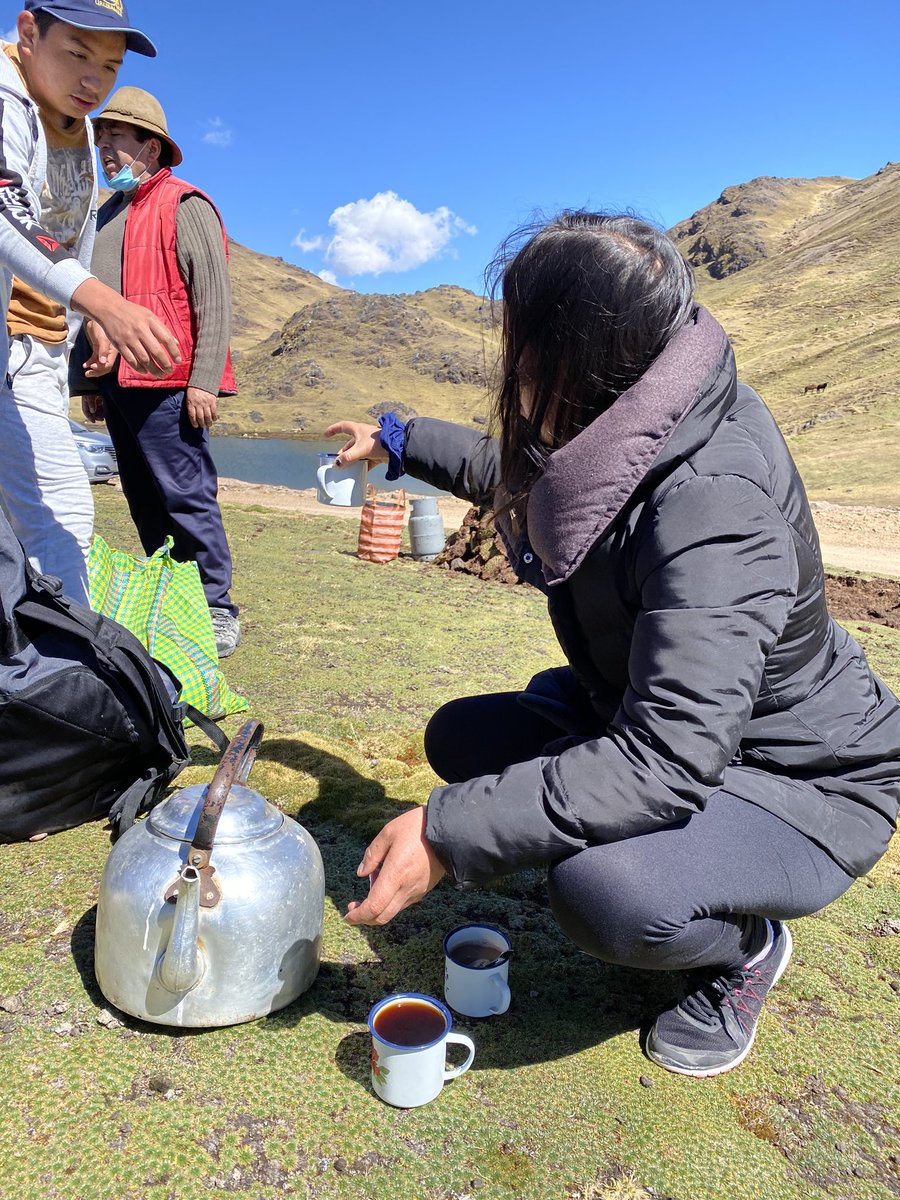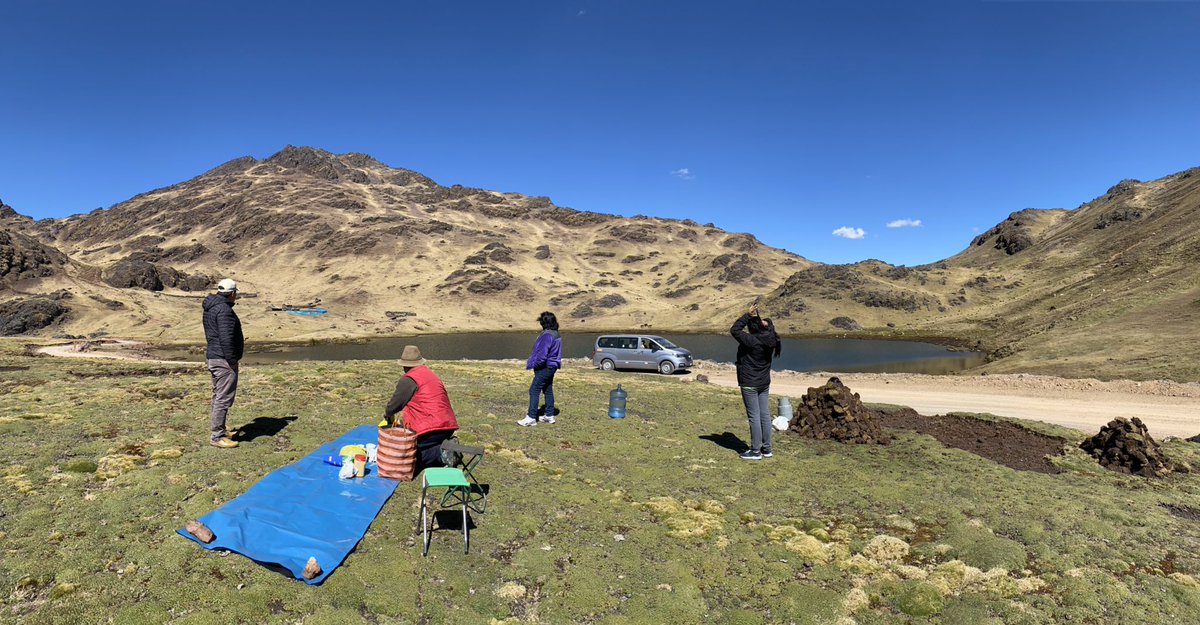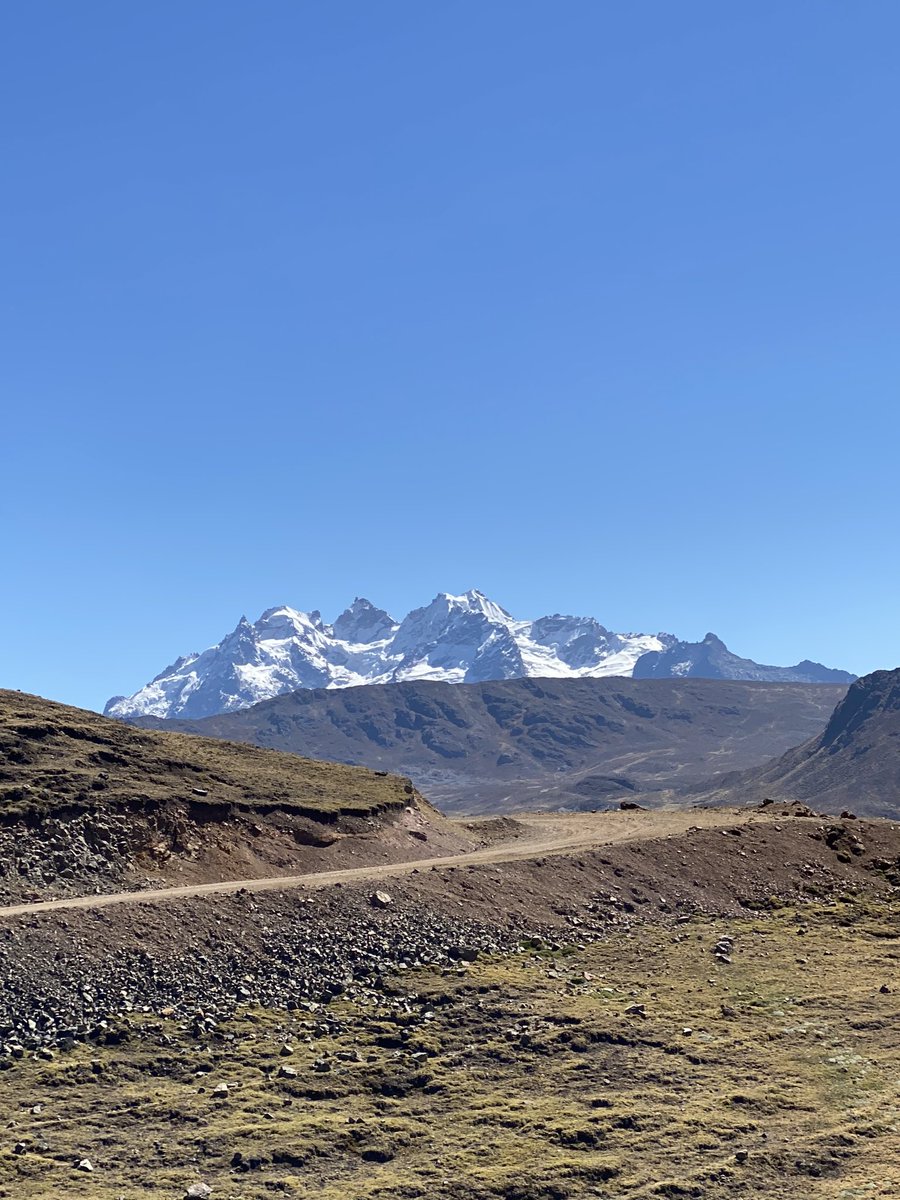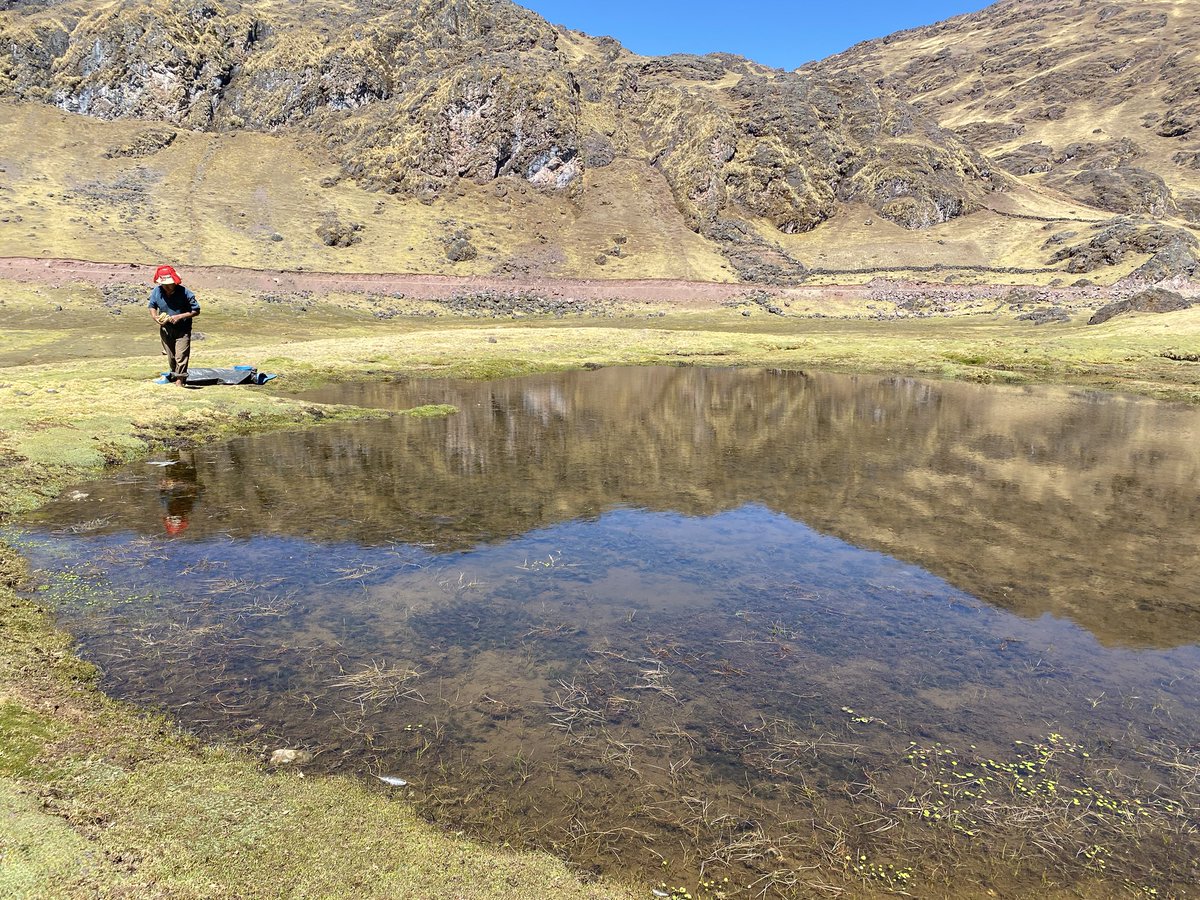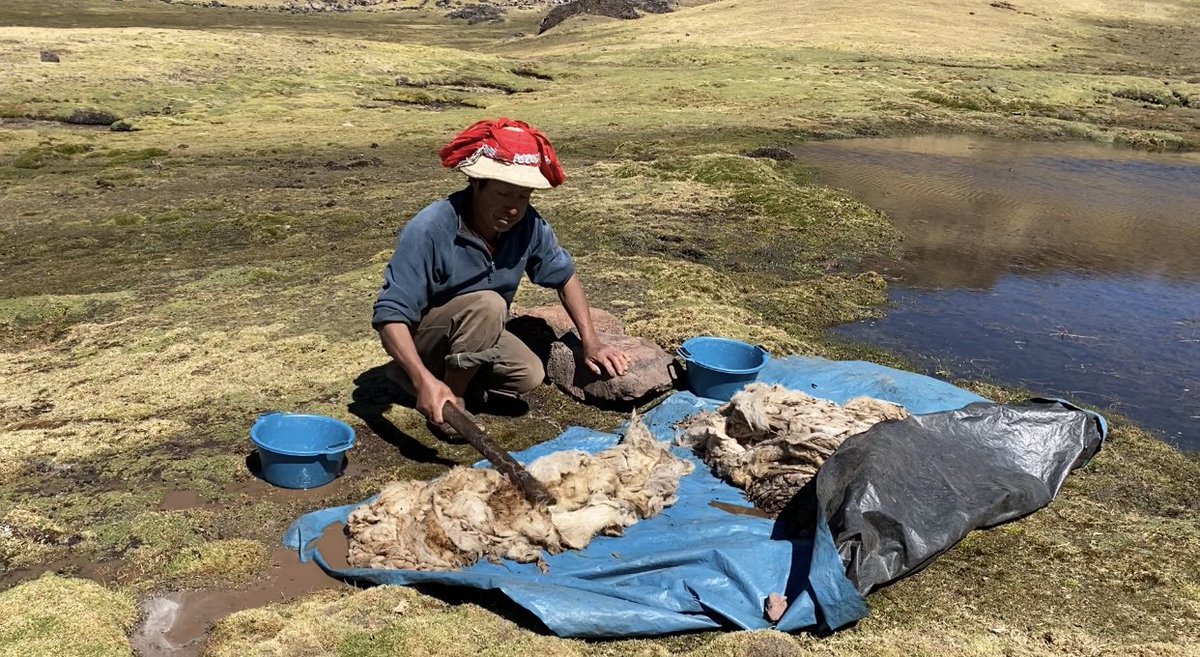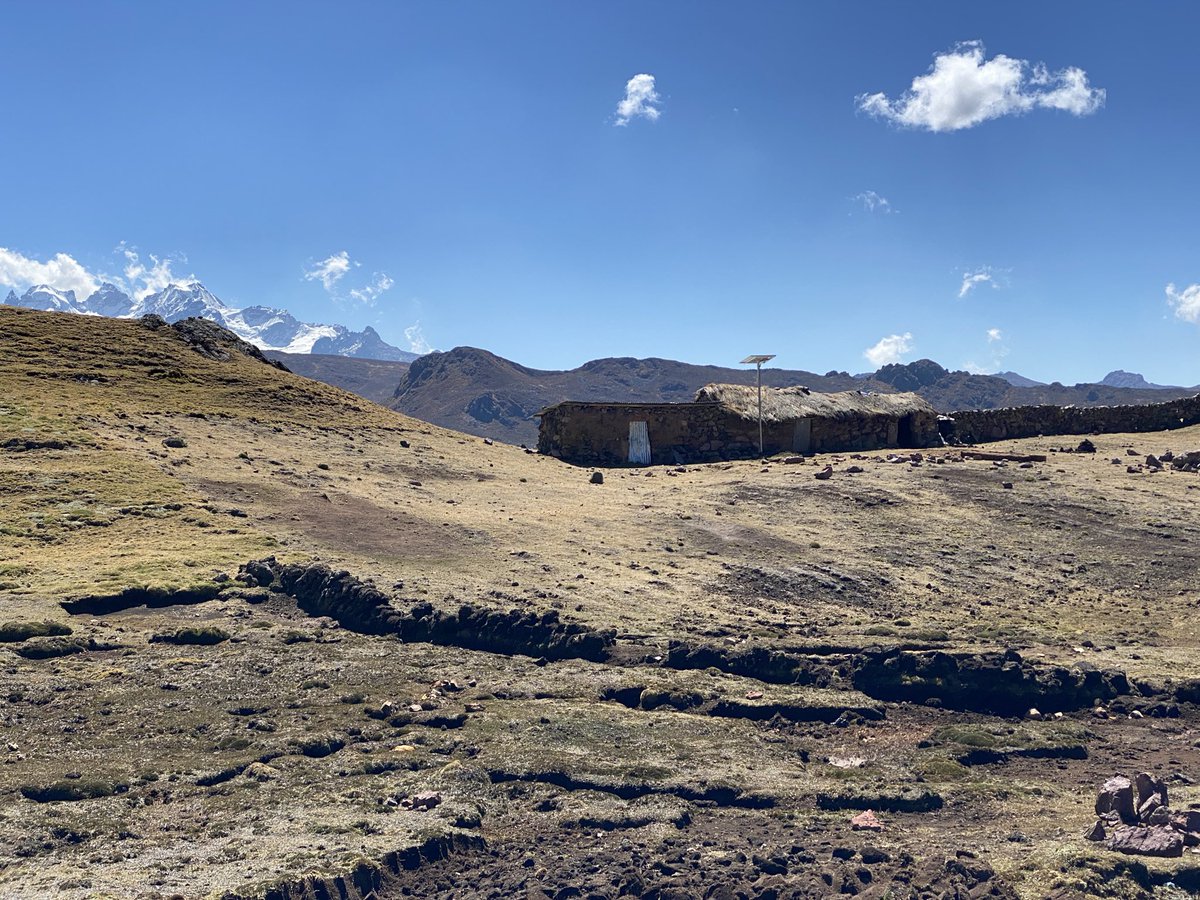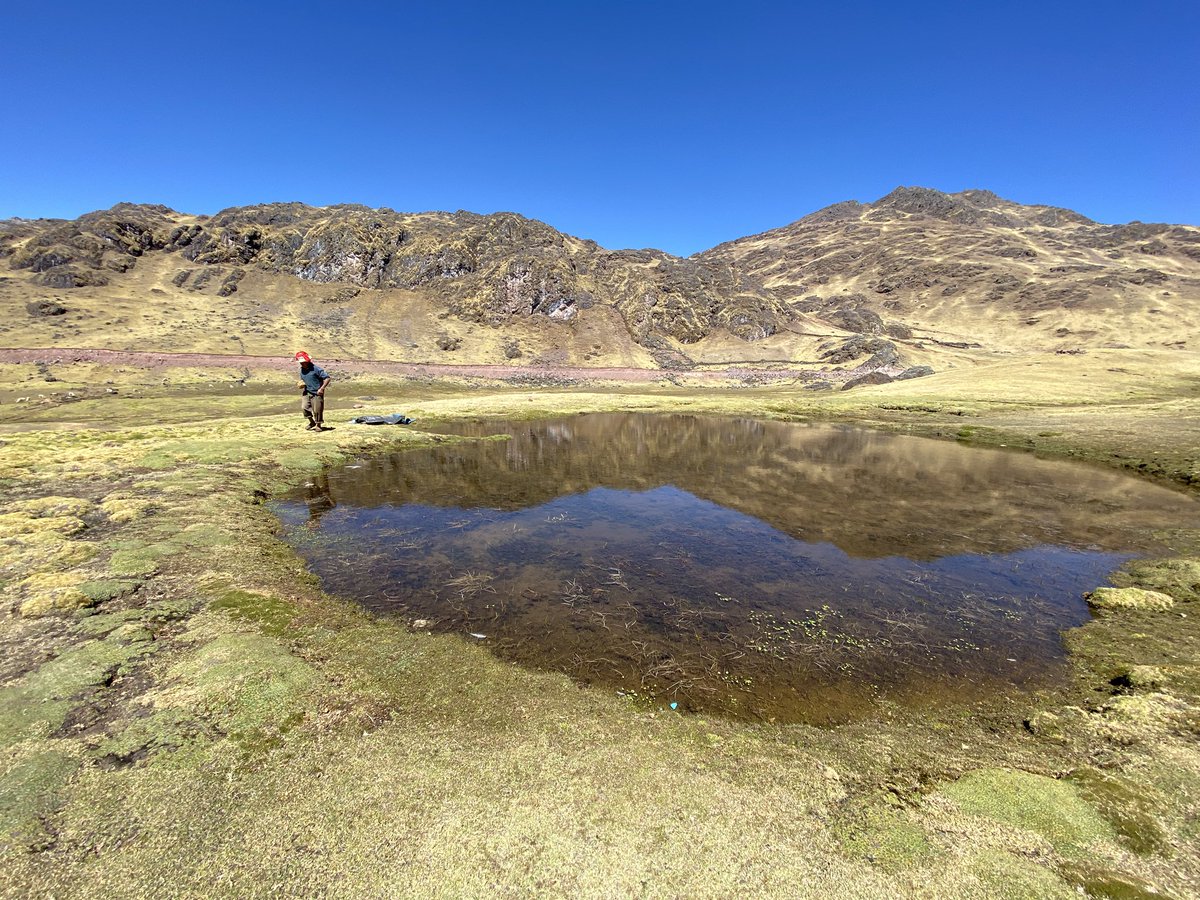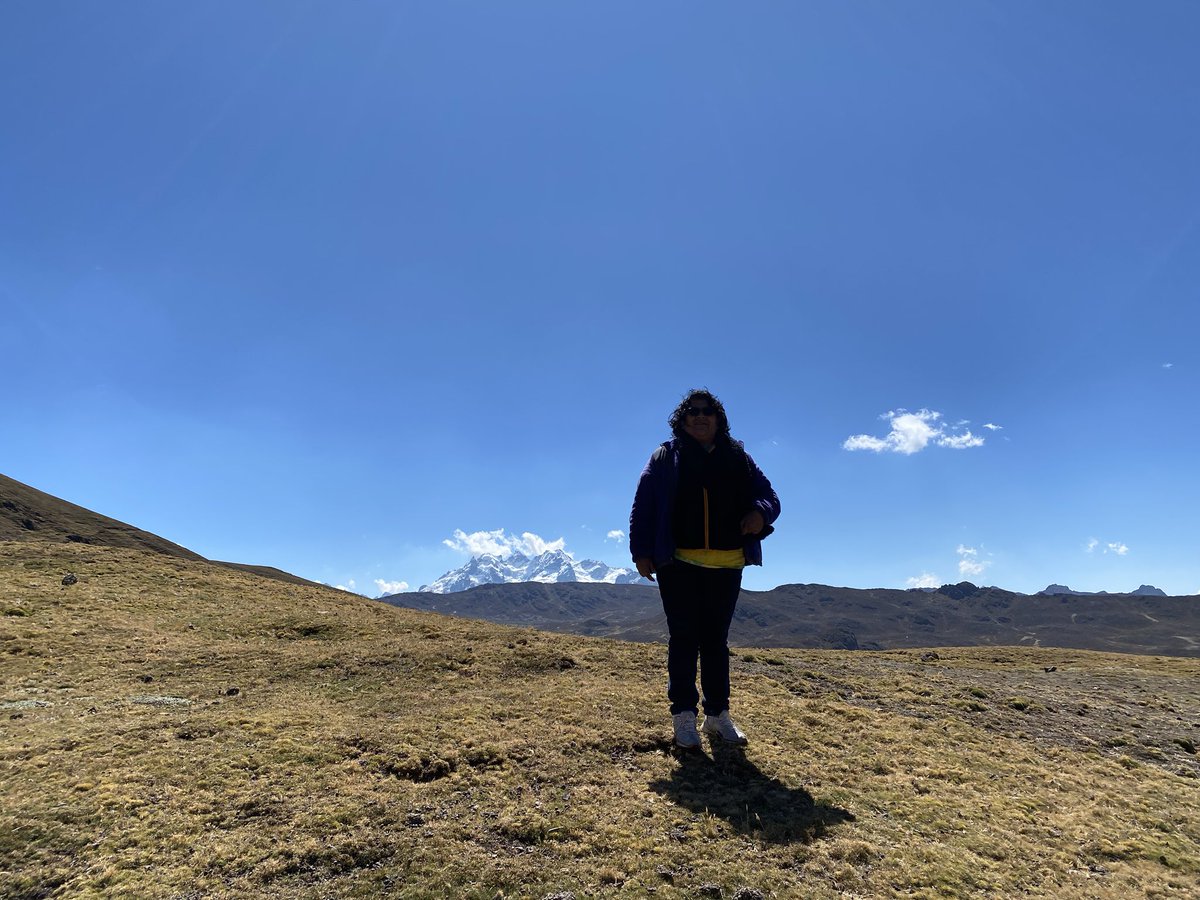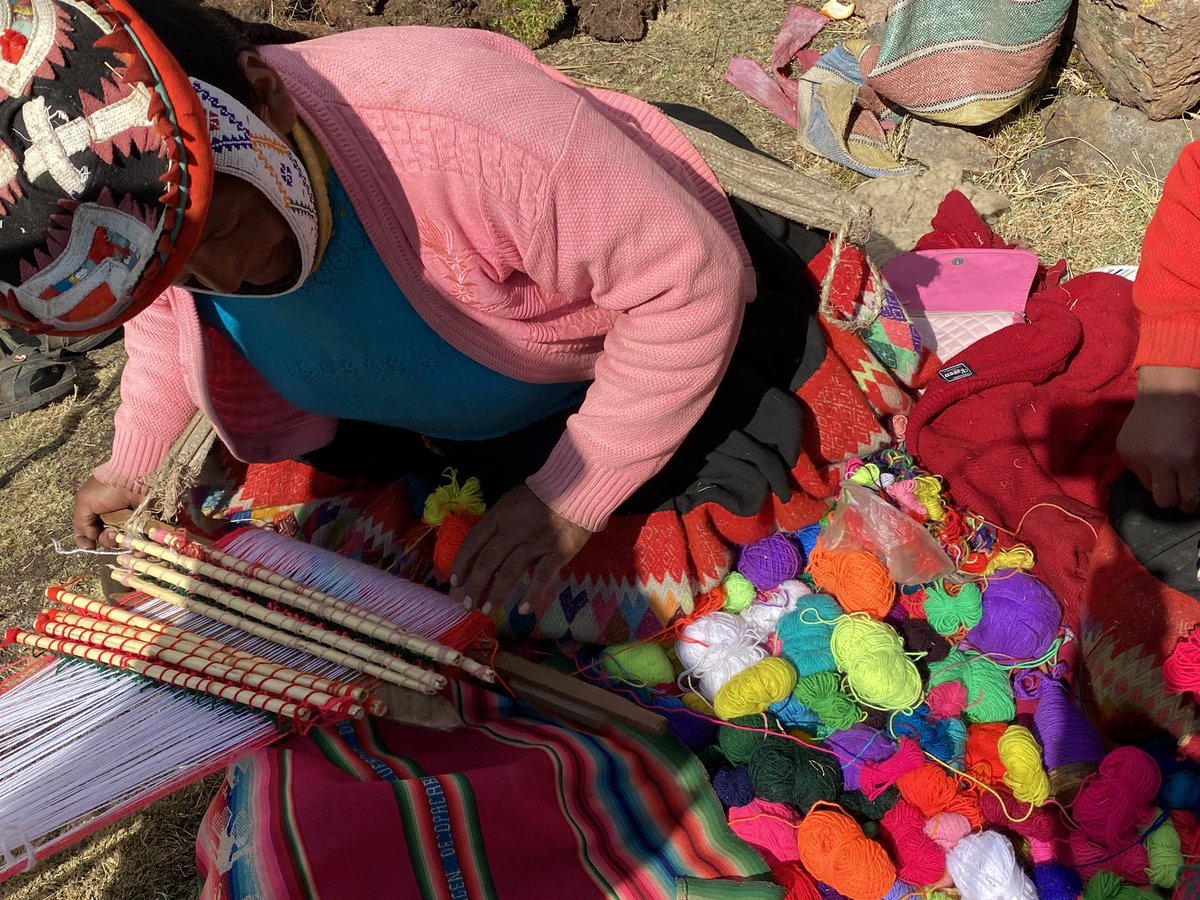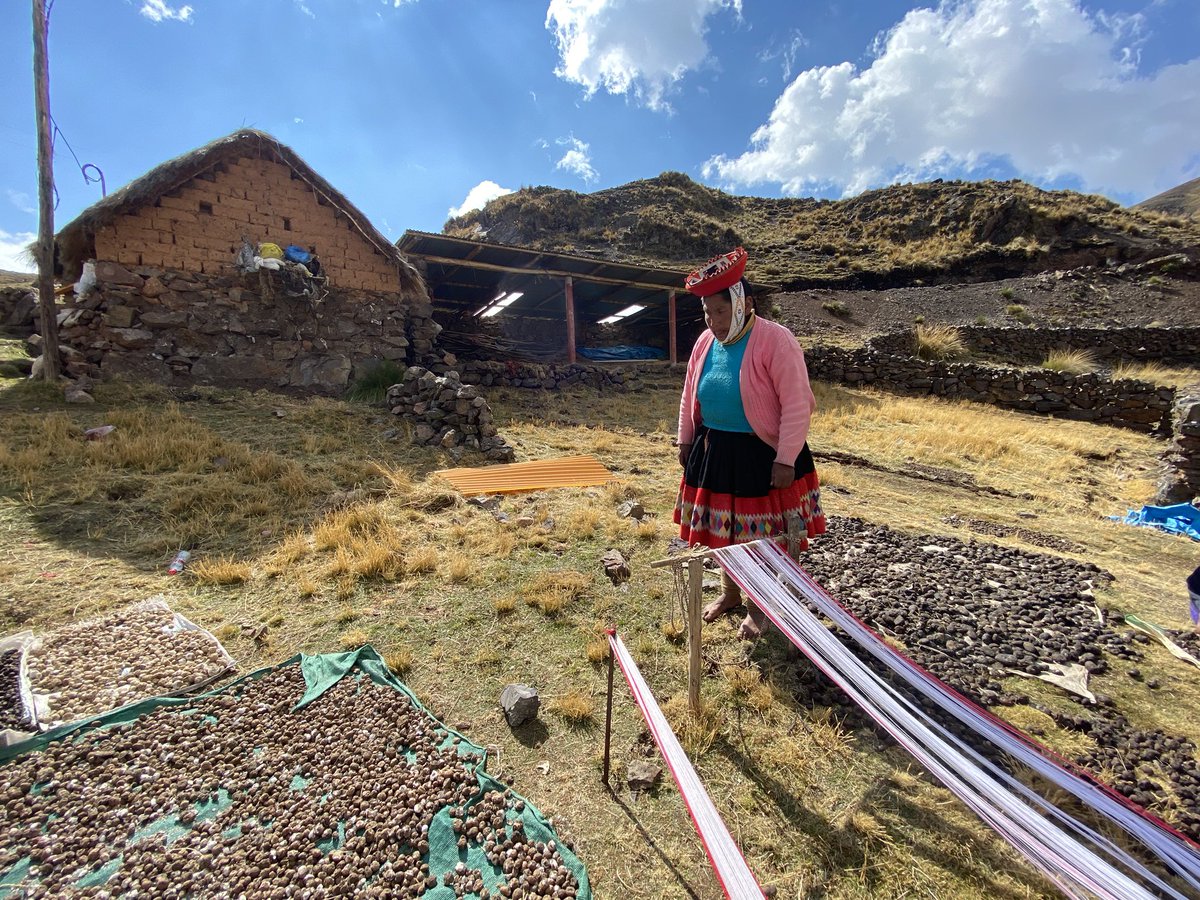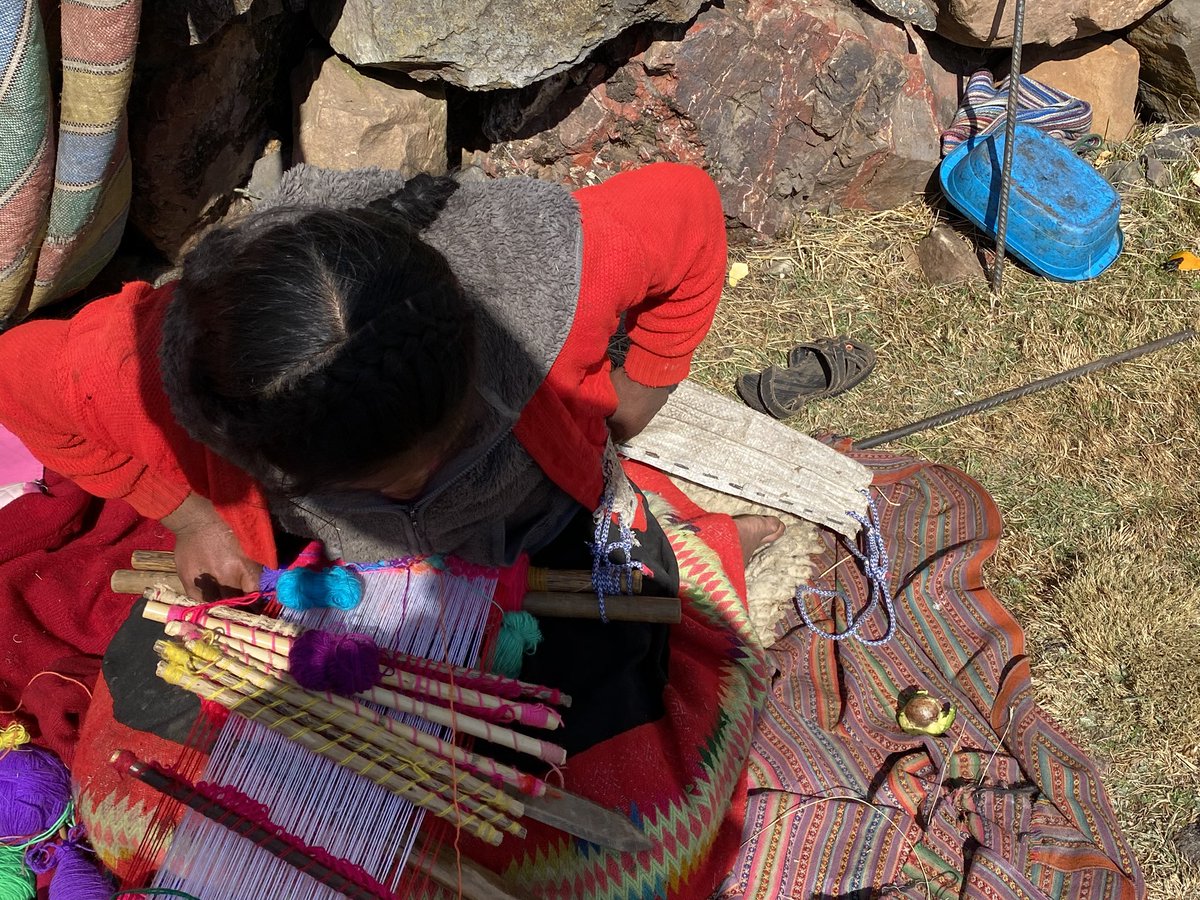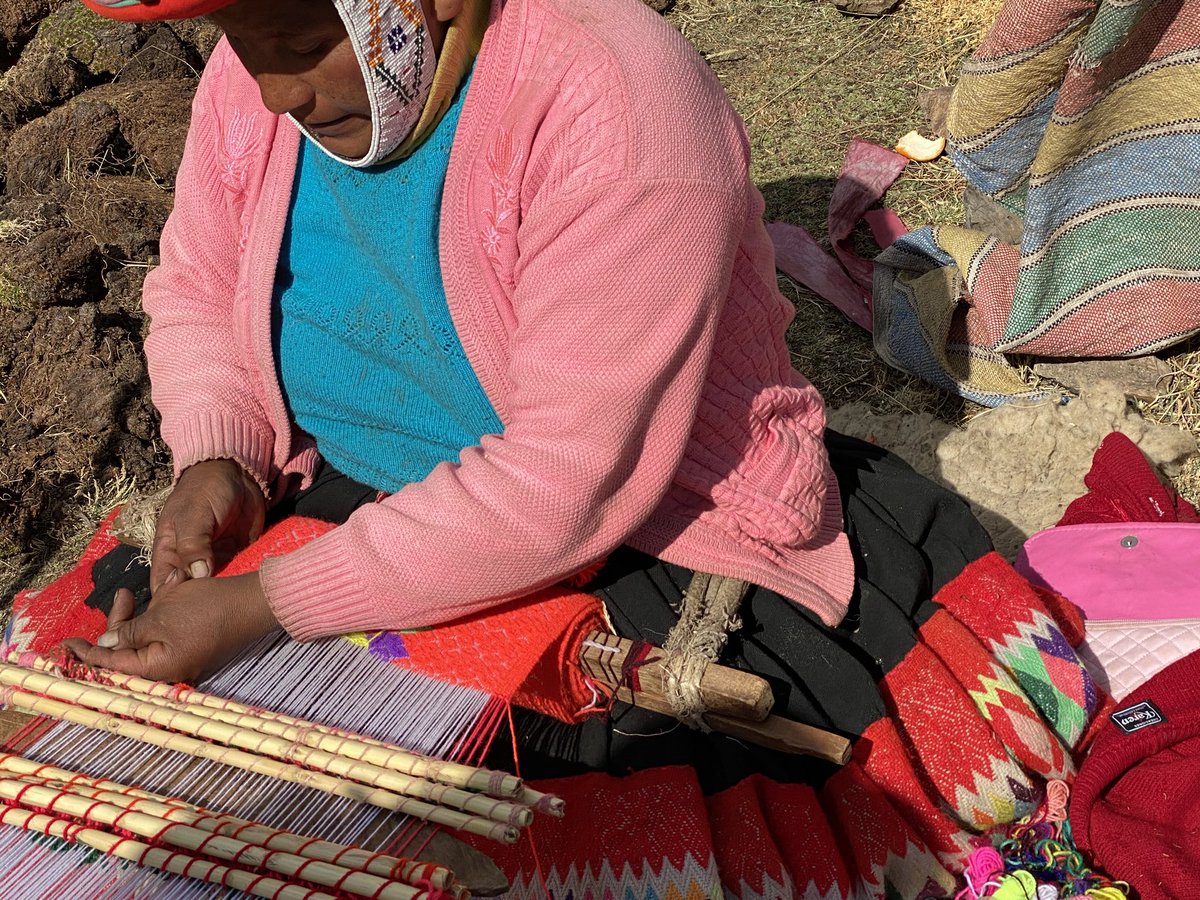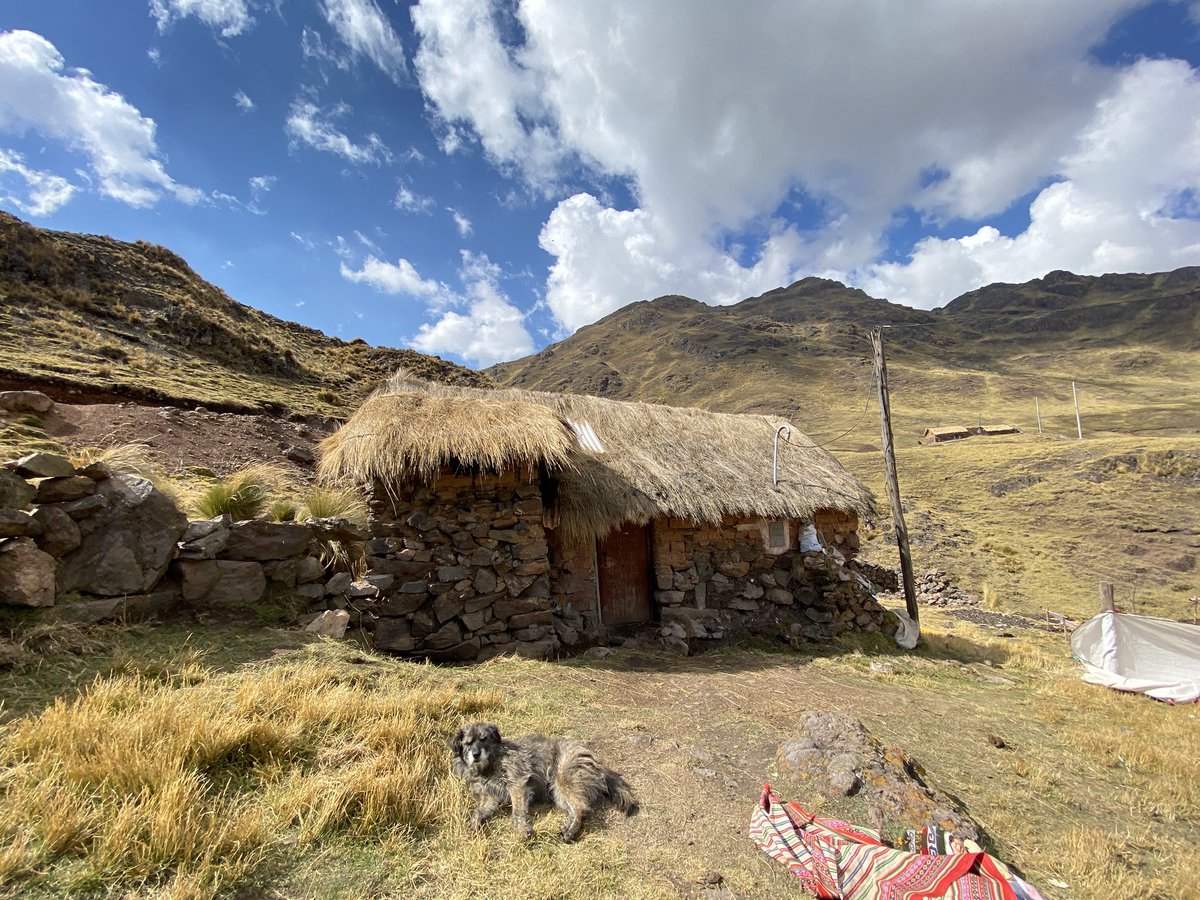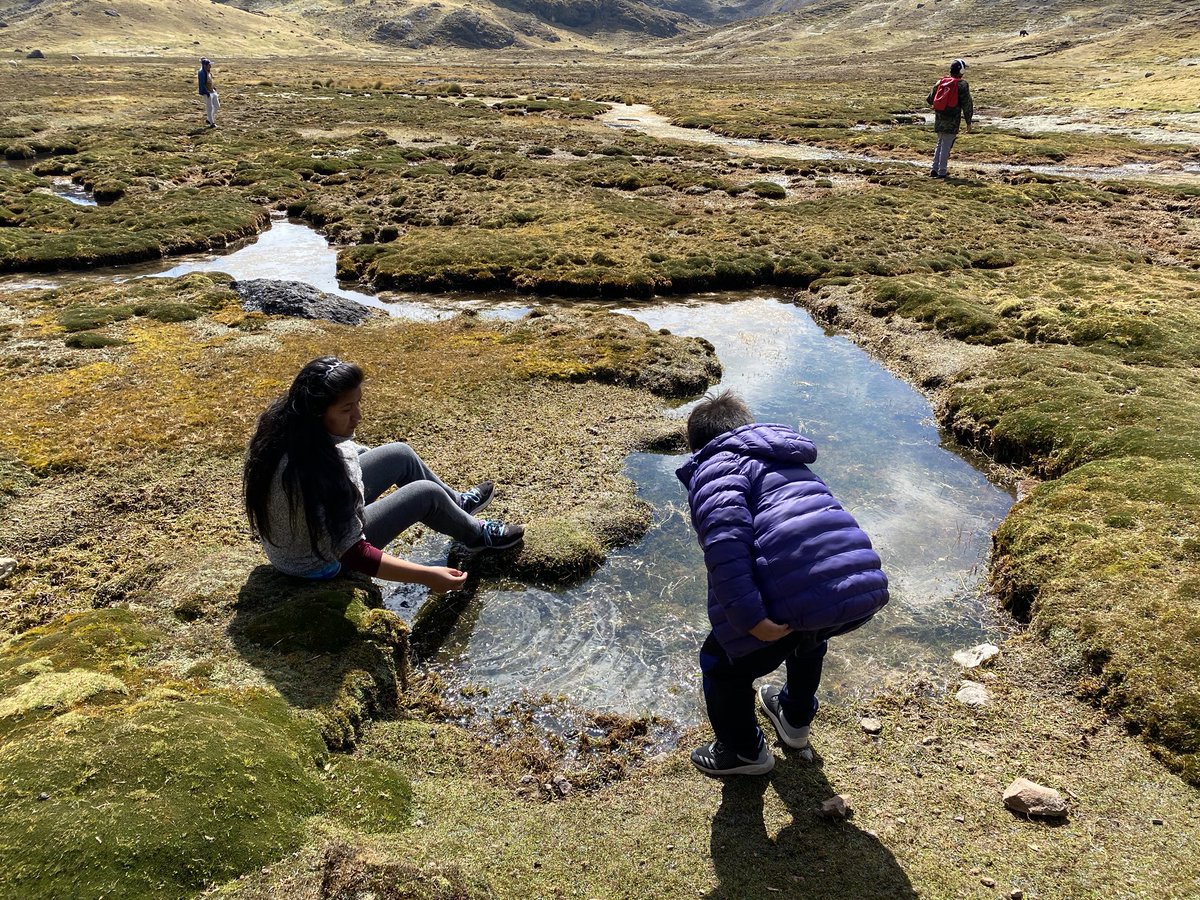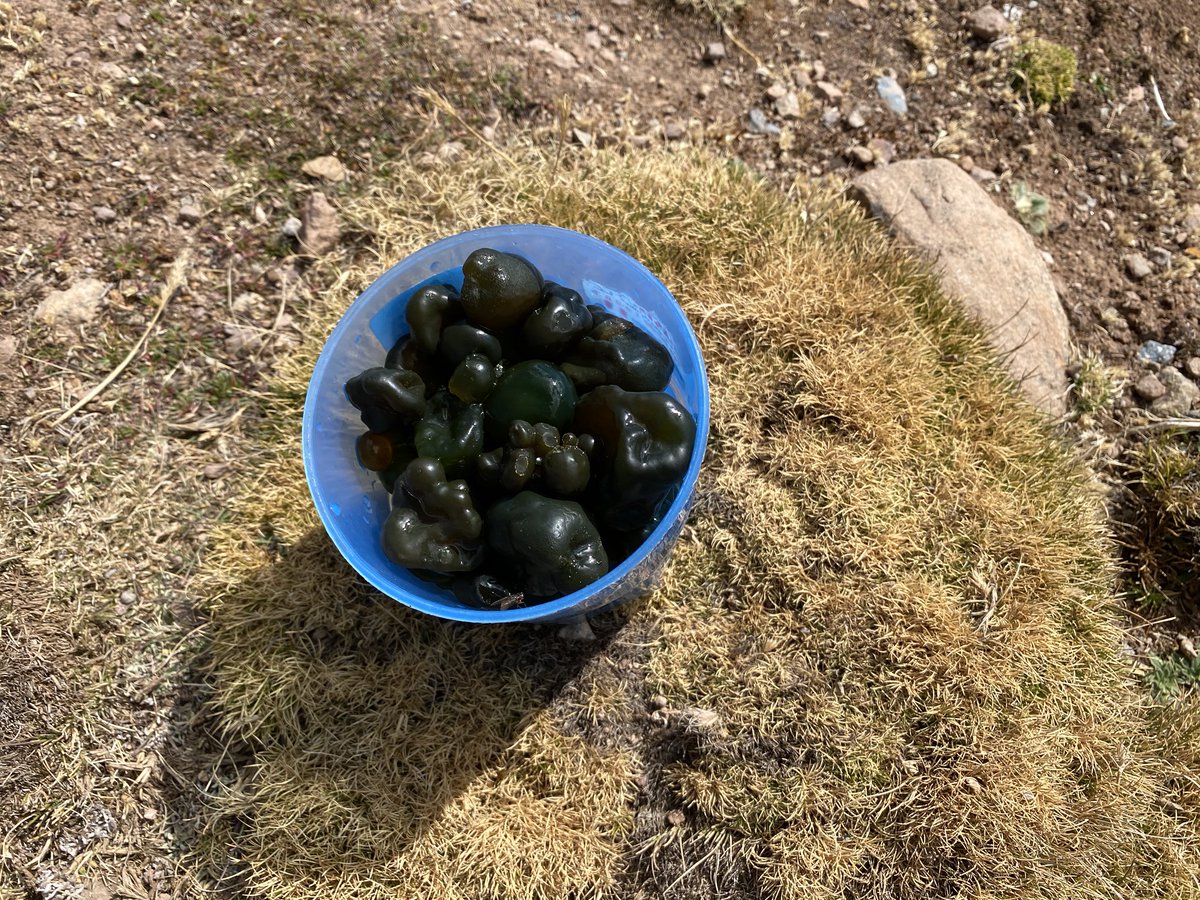So on Saturday we left the house, and town, for the first time in ages.
That was impressive by itself, but let’s look at a few things.
Martha picked up bread. A huge sack of bread.
That was impressive by itself, but let’s look at a few things.
Martha picked up bread. A huge sack of bread.
Baking at high altitude isn’t entirely trivial. I can’t claim to be a baking expert so I won’t go deep on this, but you need the resources to burn and make a really hot oven, you need flour (which must be ground), so it requires a tech base that needs a community.
The higher up in the mountains you go, the scarcer those resources, the most disperse the settlements, and the hotter your oven would need to be to make bread.
So when we leave the valley at 9300 feet, we always, ALWAYS take bread.
So when we leave the valley at 9300 feet, we always, ALWAYS take bread.
We do this because part of the privilege we enjoy from living in a settlement of around 3000 people, in a valley, is that there is fresh bread baked daily.
So as humans in a collectivist culture, we WANT to share that when we go places.
So as humans in a collectivist culture, we WANT to share that when we go places.
We had time for coffee, which comes from Quillabamba, further down some valleys from us. Martha and Tatiana has made the food we would be eating when we got to the lake where we planned to eat.
The pot got wrapped in a textile because that how you keep it warm.
The pot got wrapped in a textile because that how you keep it warm.
We wanted to get to that lake, make more coffee, and eat our arroz con pollo, around 8 am as the sun was high enough in the sky to make the overnight frost and ice be water and mist, and birds were flying and alpacas waking up and all that high Andes magic.
But we were delayed by public works: an upgrade to electrical infrastructure going up the Patacancha river valley.
Right now with everyone out of work due to pandemic, there are some government efforts to subsidize this kind of project.
Right now with everyone out of work due to pandemic, there are some government efforts to subsidize this kind of project.
So we were delayed a bit, and barely able to catch the morning frost about to be gone at the turnoff to the smaller road that goes higher up in the mountains instead of down towards the jungle.
We still made it to the birthplace of the river before things thawed, though our meal destination was further still.
But Tatiana saw ice on the water for the first time in her life. Same for her kids.
But Tatiana saw ice on the water for the first time in her life. Same for her kids.
She’s lived in town all her life but never had the chance to go see this, so close to where her family is from, her birthright as a Quechua person, here in the Andes.
She’s an avid knitter, btw. You can meet her in my latest public livestream via patreon.
She’s an avid knitter, btw. You can meet her in my latest public livestream via patreon.
She’s a super accomplished knitter, but the first time she’s gotten to knit with fancy yarn, it was a skein Solitude Wools (omg they’re not on Twitter?) gave me last year to give to someone who’d never gotten to use a skein like that.
She’s also someone who I know countless knitters have never even noticed, as she was cooking and serving them food in a tourist hot spot.
Tourists, clad in purchased textile products both traditional and mass produced for market to tourists.
Tourists, clad in purchased textile products both traditional and mass produced for market to tourists.
We hope we’re going to be able to work together on the sustainable virtual tourism projects lots of folks have asked me to develop to keep us all afloat while the pandemic means all the disruption it does to revenue streams and thus survival.
Anyway, at that curve in the road where there was nothing the last time we were through there, in November, now there’s a new adobe house.
The man living there was going back to the land to survive the pandemic with no money.
The man living there was going back to the land to survive the pandemic with no money.
Martha took him some of the bread, said hello, promised to stop back by and talk longer on the way back down.
He insisted on giving her chuño, freeze dried potatoes, that he’d made and which were freshly cooked and hot, for all of us.
He insisted on giving her chuño, freeze dried potatoes, that he’d made and which were freshly cooked and hot, for all of us.
This is what collectivism means.
This is what being civilized means.
He can make chuño because it freezes overnight every night, and thaws and warms in the hot sun every day.
We can’t make it down in the valley, but we have bread.
So we share food.
This is what being civilized means.
He can make chuño because it freezes overnight every night, and thaws and warms in the hot sun every day.
We can’t make it down in the valley, but we have bread.
So we share food.
We did arrive at the lake where we wanted to eat. Manuel, a veteran logistics man and trail cook, set up the camping stove to boil water we’d brought with us, and Martha served arroz con pollo while Tatiana and Yoselyn made coffee.
But wait, you’re thinking, how is this about yarn and knitting?
Because this is when someone pointed to a man at a different small lake, engaged in some work we couldn’t quite identify.
So we took him bread.
Because this is when someone pointed to a man at a different small lake, engaged in some work we couldn’t quite identify.
So we took him bread.
As we approached, we saw wet wool out to dry on a rock, and we realized, he was washing wool.
We had a long conversation and recorded it, but you’ll have to wait for it to be edited and for me to launch that project and tell you about it, but.
We had a long conversation and recorded it, but you’ll have to wait for it to be edited and for me to launch that project and tell you about it, but.
Here is señor Melo from Huacahuasi, at his estancia, washing wool in water that was frozen an hour ago but now is warm enough to wash wool.
His wife will spin it. They will take it to a weaver with a loom who makes bayeta, a coarse sheep’s wool cloth.
His wife will spin it. They will take it to a weaver with a loom who makes bayeta, a coarse sheep’s wool cloth.
Why? Because this fabric, traditionally of Spanish origin, used here since the 16th century, is the best trouser fabric around for life at 14,500 feet — the upper limits of routine human habitation.
He could, with money, buy clothes. Or fabric. Or yarn. He will pay a weaver.
He could, with money, buy clothes. Or fabric. Or yarn. He will pay a weaver.
And he has this filthy wool, from his animals.
He also has llamas and alpacas. And he farms potatoes.
And he works, when there is tourism, carrying tourist luggage on the Inca trail, or other adventure tourism in the area.
He also has llamas and alpacas. And he farms potatoes.
And he works, when there is tourism, carrying tourist luggage on the Inca trail, or other adventure tourism in the area.
Those tourists come in with their full uniform of high tech fabrics and insulated jackets and shoes and technical backpacks and tents, and he carries that stuff, sets it up, cooks the food, serves it, and isn’t invited to share.
“This bread is from this morning!” He exclaimed.
“This bread is from this morning!” He exclaimed.
He apologized that since we’d caught him out by the lake beating wool with a stick after soaking it in fermented urine, he didn’t have food to share right that moment.
I said letting me record our conversation and share it was worth more than bread.
I said letting me record our conversation and share it was worth more than bread.
This is his estancia, his country property, a Spanish word, colonizing the land his family and community has worked since time immemorial.
He has a solar panel for the radio.
His ancestors made the tiny lake by firming up a spring.
He has a solar panel for the radio.
His ancestors made the tiny lake by firming up a spring.
So, at what point, I thought to myself, do discussions of inclusivity in the fiber world think about including Señor Melo? His wife? The weaver of bayeta?
Who’s going to be interested in Martha and I talking with him, in Quechua, about washing fleece and choosing fiber?
Who’s going to be interested in Martha and I talking with him, in Quechua, about washing fleece and choosing fiber?
What do Martha and I deserve to be paid for showing up there, speaking 3 languages, with smartphones, taking video we will edit in our admittedly rustic homes with Internet access and share out to my industrialized world following, as opposed to what he deserves?
What can I do, positioned as I am between and across these worlds of privilege and lack, not just to hand this one guy some bread, or even maybe hand him a wad of cash, but to really make sustainable change?
My dad did that. My mom did that. She spent her life doing that. She died the day that her book with my might-as-well-be-sister Nilda launched. https://www.goodreads.com/book/show/18596101">https://www.goodreads.com/book/show...
Hundreds and hundreds of weavers, almost all women, came from long distances to her funeral in 2013. She’s buried in the Indigenous cemetery in the town where she raised her kids, where I, too, learned to wash wool in pools and streams built by Inca engineers.
My mom quit the USA fiber scene when I was a kid. My dad didn’t.
My mom always thought I should have done more than teach wealthy white women in the industrialized world how to spin yarn by hand.
We argued about it.
My mom always thought I should have done more than teach wealthy white women in the industrialized world how to spin yarn by hand.
We argued about it.
I said, the thing is, if we can reach the people in the developed world who want to DO this, who aren’t academics, who aren’t made of money, that’s what we need to do to bridge the gap here.
Because people who love the work of hands can SEE each other.
Because people who love the work of hands can SEE each other.
And the thing is, there’s so much work to be done bridging so many gaps, my mother and my father and I all put our shoulders to the wheel wherever it seemed to fit, and kept doing it.
But still: when my peers in the remote high Andes have had the chance to socialize with industrialized world knitters, they treat the latter like peers, and it typically doesn’t go the other way.
So I was thinking about all of this when Martha and I stopped back to visit people we’d seen on the way up, out in the warmth of the afternoon, after the ritual we did at the birthplace of a river ( another video to be finished )
We stopped to see Cristina, a fairly recent widow around 40 years old, weaving with her youngest daughter, who is 10.
We chatted and chatted and chatted. This weaving, she hopes, will bring survival money.
We chatted and chatted and chatted. This weaving, she hopes, will bring survival money.
What is she weaving? A golon, the skirt border, like on her skirt. Her daughter is learning how.
Her materials? All synthetic.
Her market?
Indigenous women just like her, but with some other gig to make a little cash.
The chuño is her food storage.
Her materials? All synthetic.
Her market?
Indigenous women just like her, but with some other gig to make a little cash.
The chuño is her food storage.
We stopped to visit 2 young adult sisters and their younger brothers, all of whom now live permanently at the family estancia so they’re out of town away from COVID risk.
We harvested wild algae from the high lake.
We gave away all the bread.
We harvested wild algae from the high lake.
We gave away all the bread.
The gaps between where I was Saturday and the world of folks who can buy a high end sweater kit are vast.
They’re smaller, between the folks who already live in the developed world.
And yet?
They’re smaller, between the folks who already live in the developed world.
And yet?
Instead of looking at it all from the perspective of what we personally can do to bridge those gaps, we seize on small aspects and argue them to death.
What’s fair? What’s reasonable?
Folks, that’s up to every one of us to decide, whether we’re consumers or providers or spectators or investors.
And of course it’s personal.
Folks, that’s up to every one of us to decide, whether we’re consumers or providers or spectators or investors.
And of course it’s personal.

 Read on Twitter
Read on Twitter